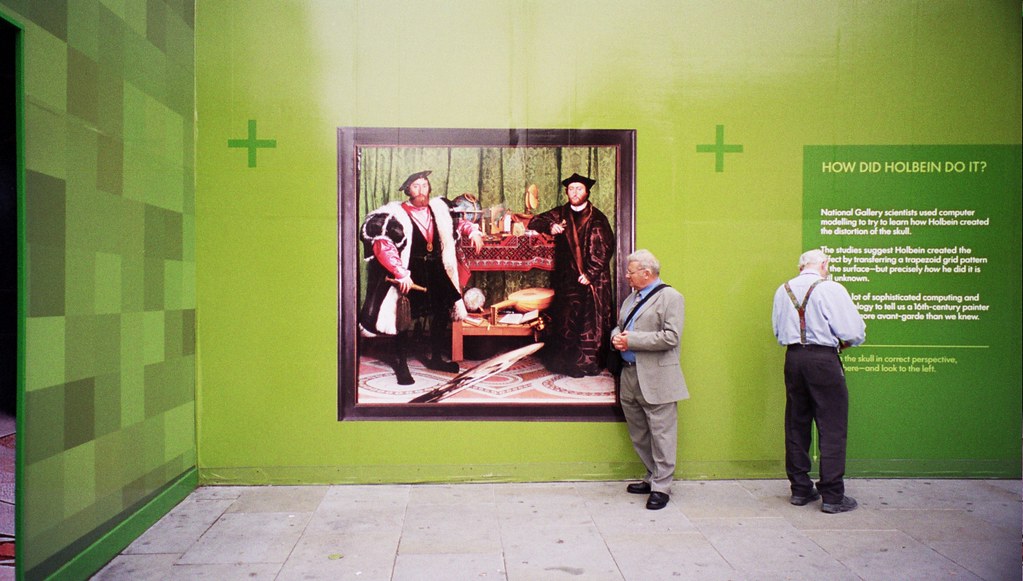트라팔가 광장(Trafalgar Square) 앞 세계적인 미술관 세계에서 가장 훌륭한 예술작품들이 모여 있는 곳 가운데 하나로 .13~20세기 초에 이르는 유럽의 유파작품들을 소장하고있다. 1824년 런던 폴몰가(街) 100번지에 세워졌다가 1838년 트러팰거 광장 (Trafalgar Square) 북쪽에 있는 지금의 건물로 옮겼다. 건물은 그리스 복고풍 건축가인 윌리엄 윌킨스가 신고전주의 양식으로 설계했고 1860, 1876, 1886, 1975년 등 4번에 걸쳐 확장되었다.13~19세기의 이탈리아·, 네덜란드·, 플란드,·영국의 작품들이 특히 인상적이다. 현재는 2000여 점이 넘는 작품들을 전시하고 있으며, 장소에 비해 작품이 너무 많은 관계로 일시에 전시하지 못하고 타 미술관에 대여를 해주기도 하며 일부는 창고에 보관하면서 순환 전시하고 있다.램브란트, 터너, 마네, 모네, 세잔느, 고흐 등 19세기 거장들의 작품이 전시되 어 있다. 입장료는 무료이나 기부금(donation)을 내고 싶은 사람은 입구에 있는 기부금 상자 에 기부금을 넣으면 된다. 약 125개의 이미지로 뜨는데 다소 시간이 걸릴수도있읍니다 음악은 6개로 22 분 정도 걸립 니다 그림미지지는 해상도를 높이고 해설을위해 영국국립미술관싸이트를 탑색했읍니다 많은양이라 편집상 미흡한점이 보이는군요
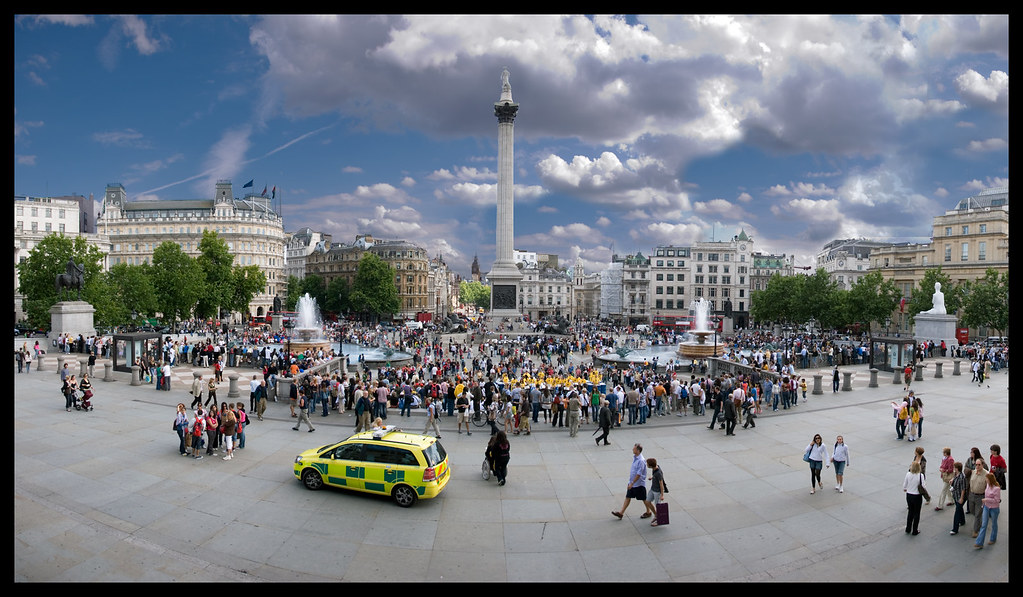
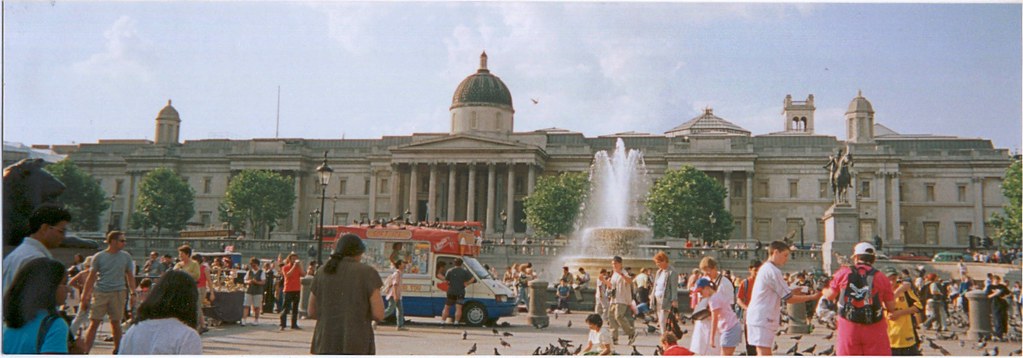
트라팔가 광장 (Trafalgar Square) 트라팔가 광장 (Trafalgar Square) : 국립미술관 정면에 있는 트라팔가 광장은 1894년 넬슨 제독의 트라팔가 해전에서의 승리를 기념하기 위해 왕실의 마구간 자리를 닦아서 만든 광장이다. 광장 중앙의 넬슨 제독 석상은 높이가 52m이고 석상의 내면에 있는 큰 청동 사자 상은 프랑스군으로부터 노획한 대포를 녹여서 만든 것이다. 매년 12월 31일에는 수많은 젊은이들이 모여 묵은해를 보내고 새해를 맞이하는 키스를 나누는 장소이다.
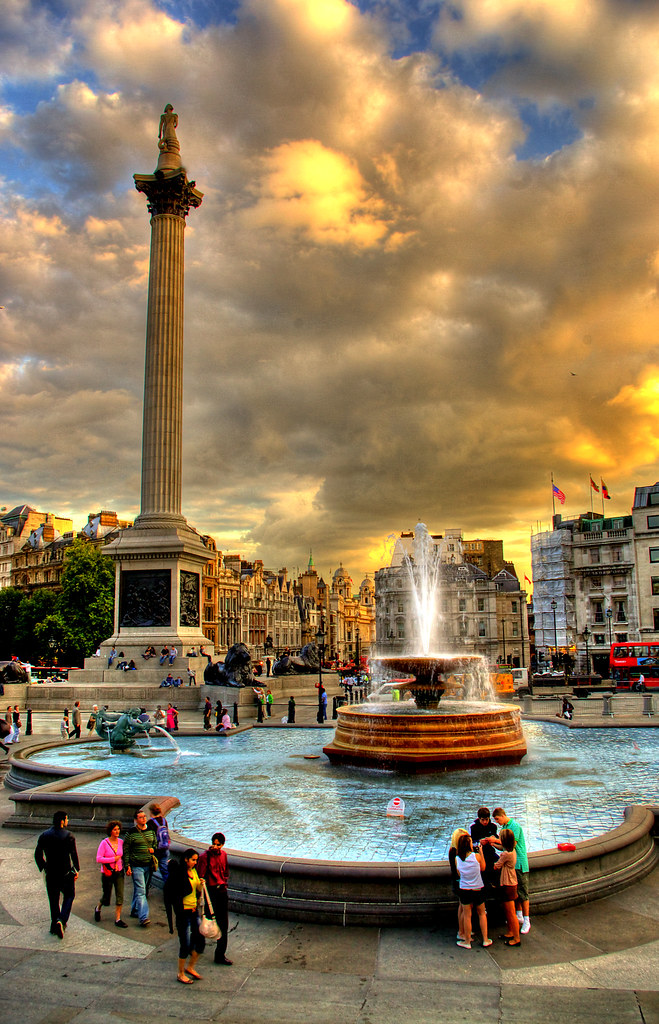
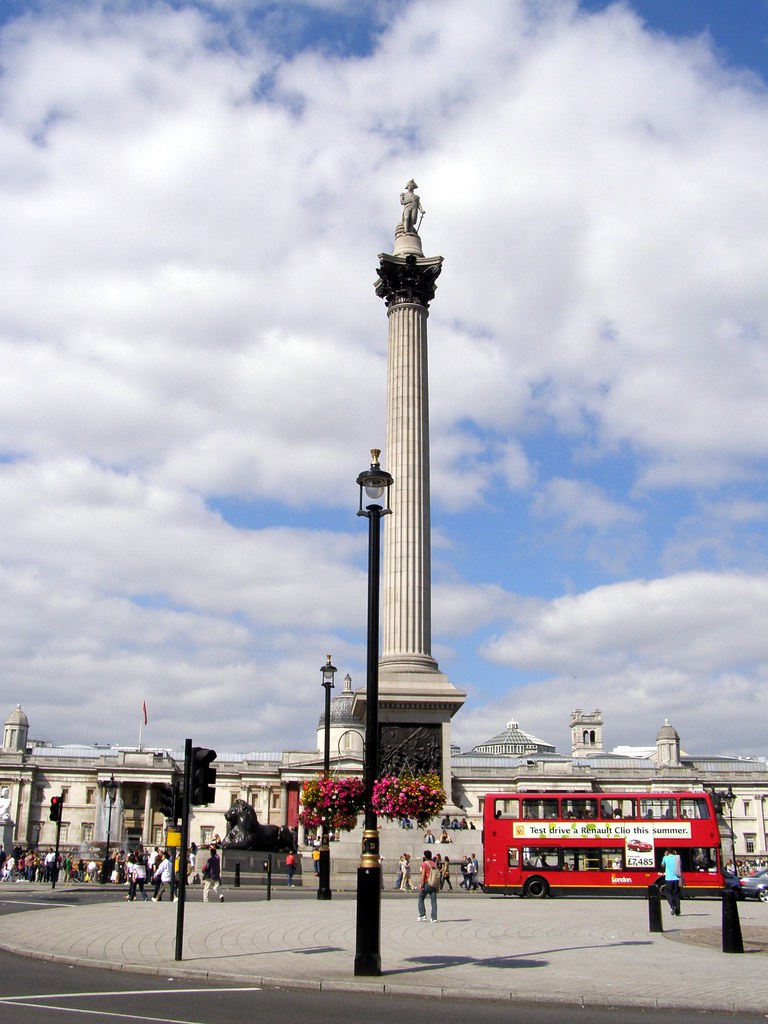
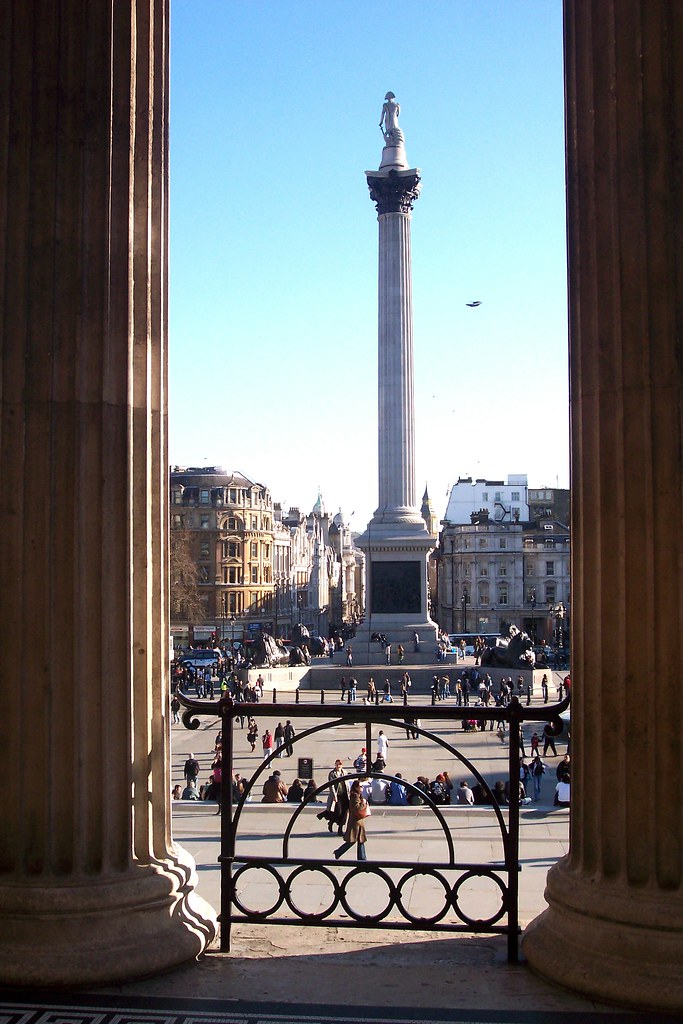
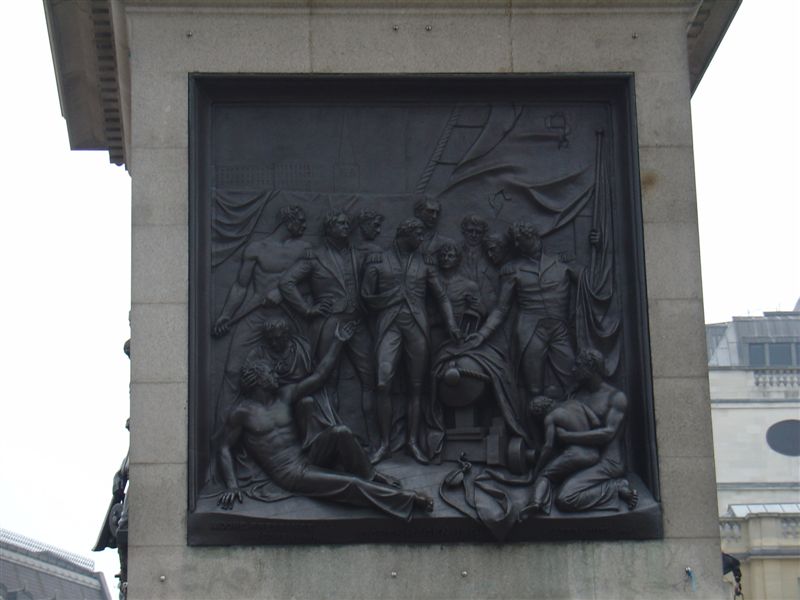
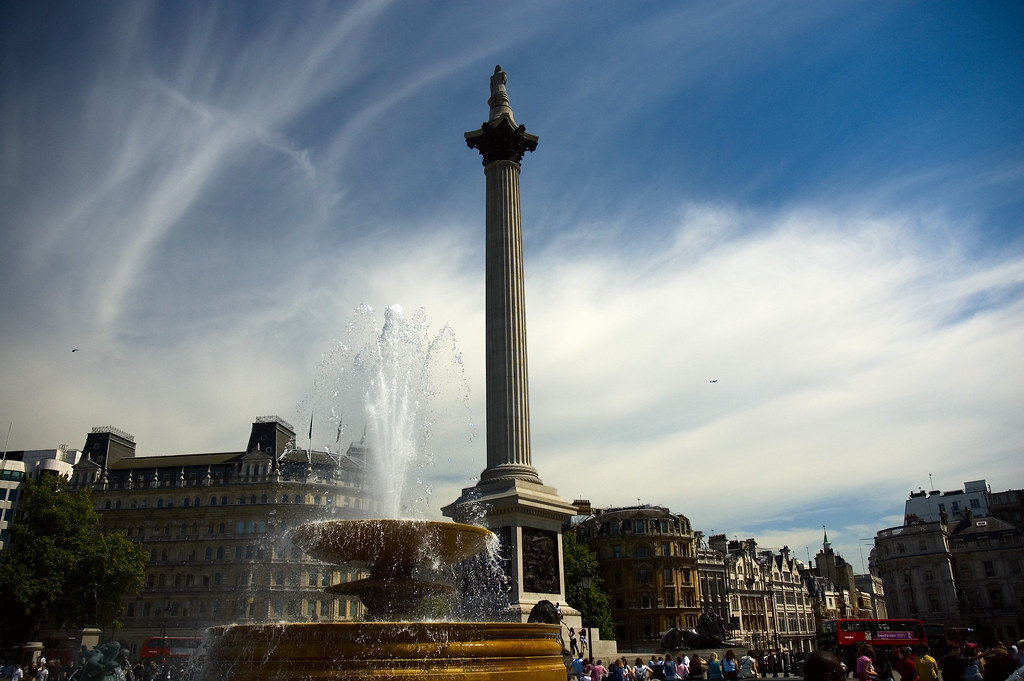


청동 사자 상을 자세히 살펴보면 사자의 두발이 나란히 놓여 있는데, 사자는 속성상 항상 두발을 포개고 있는 것이 정상이나, 당시 청동 사자상 조각가가 동물에 대한 깊은 이해가 없어서 두발을 나란히 놓도록 조각했다 함.
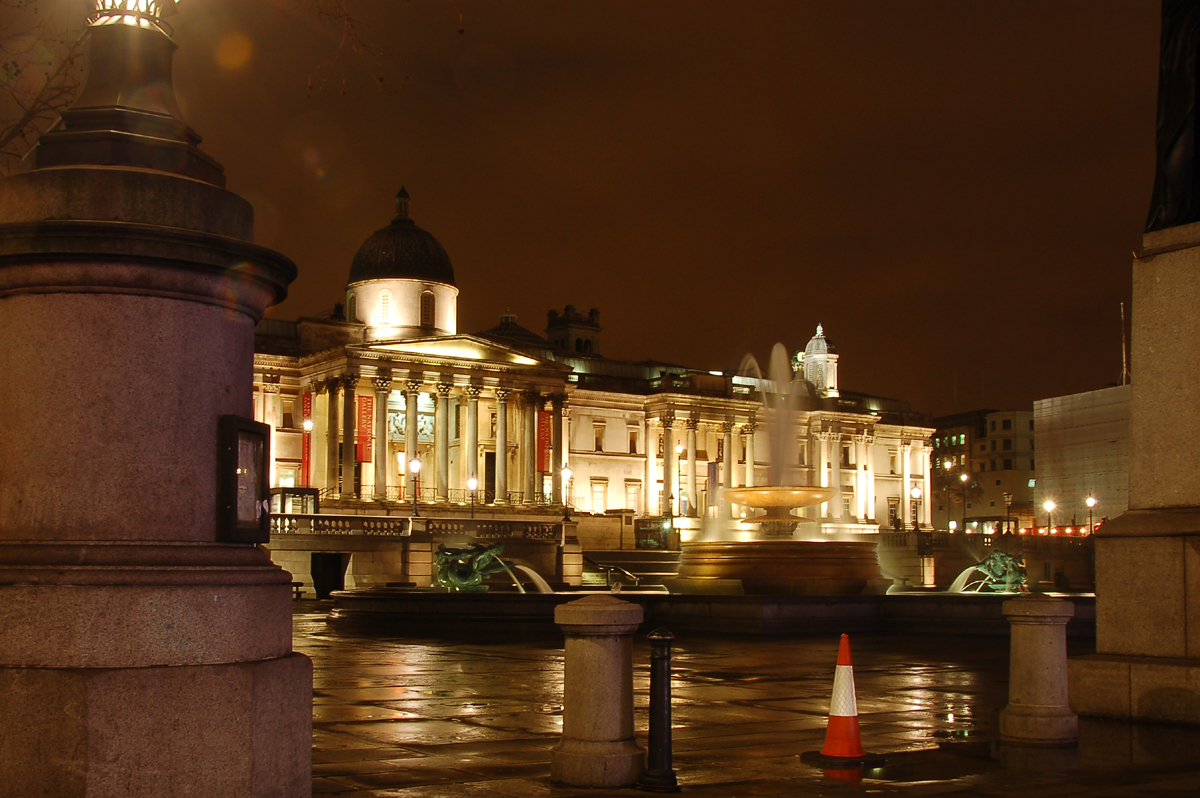
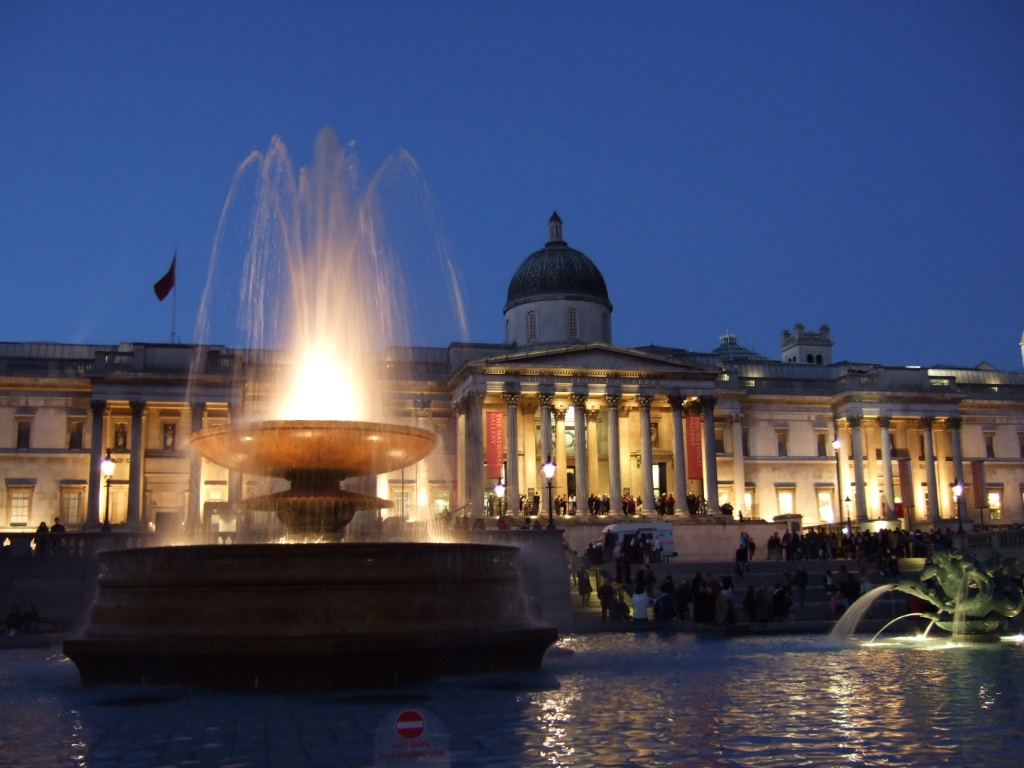


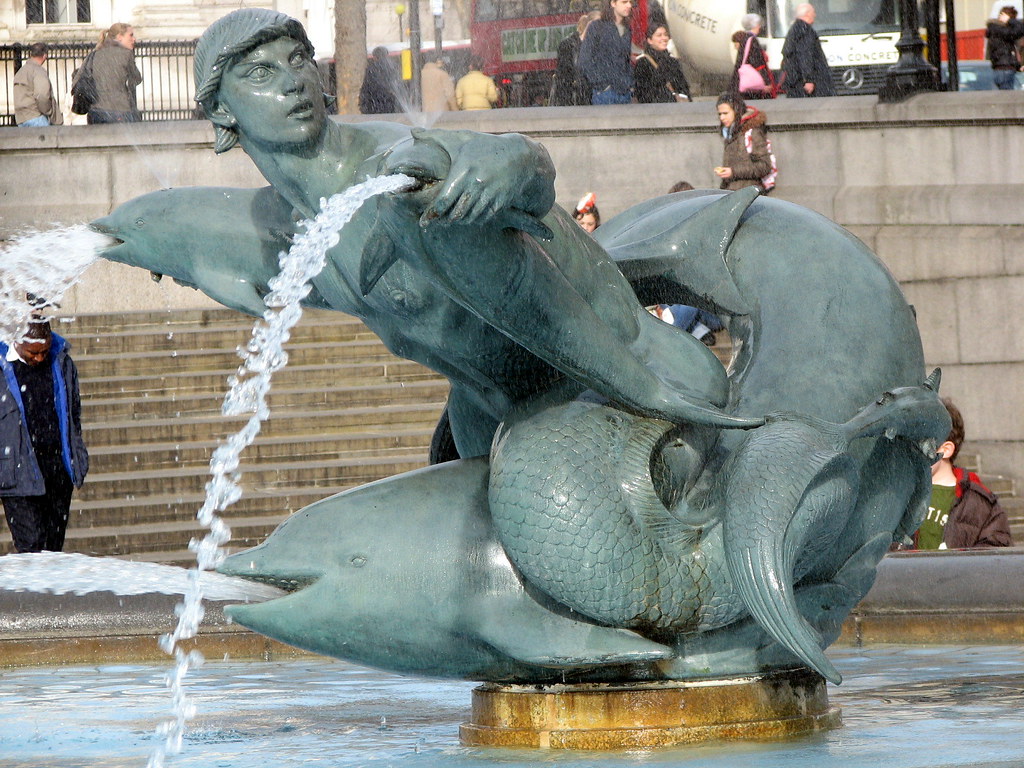
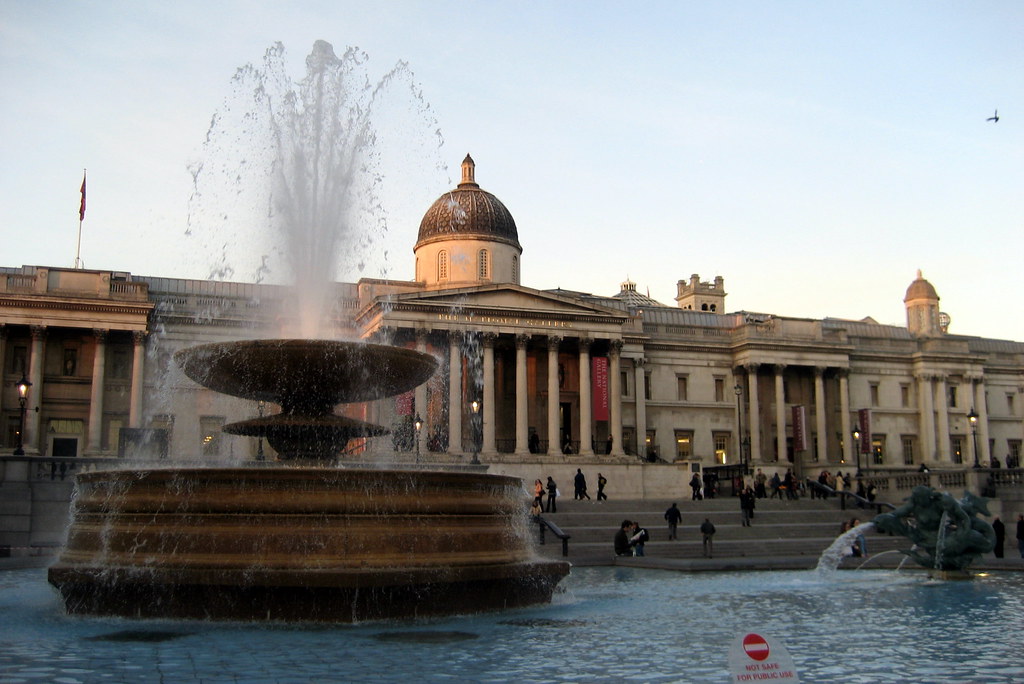
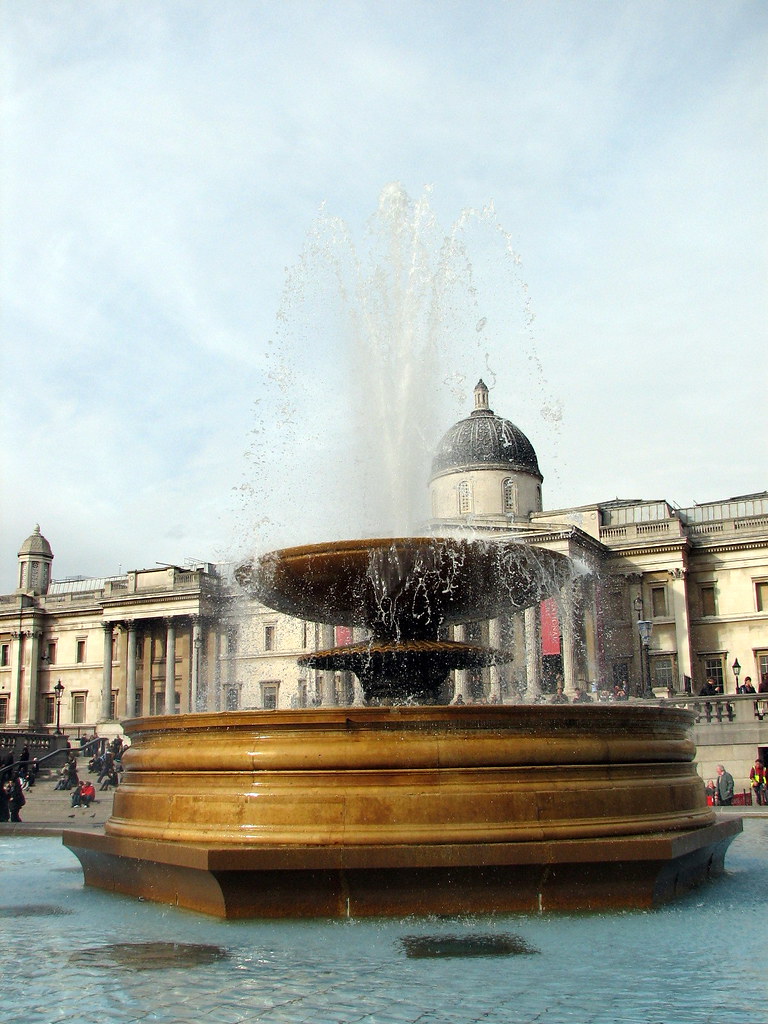
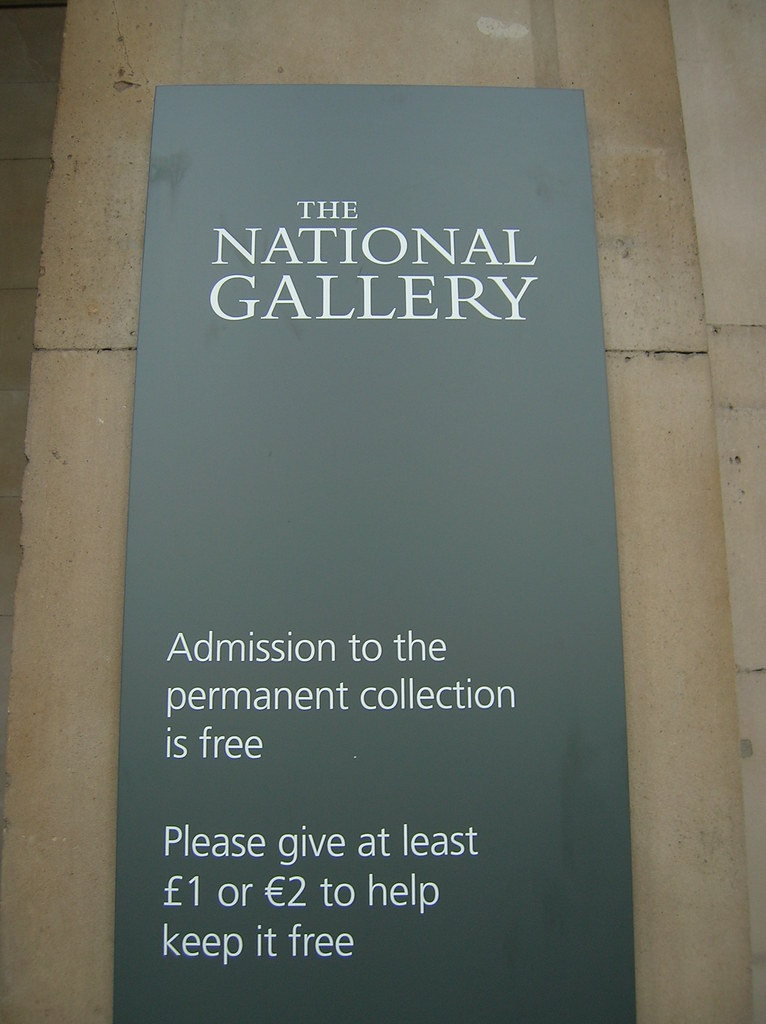
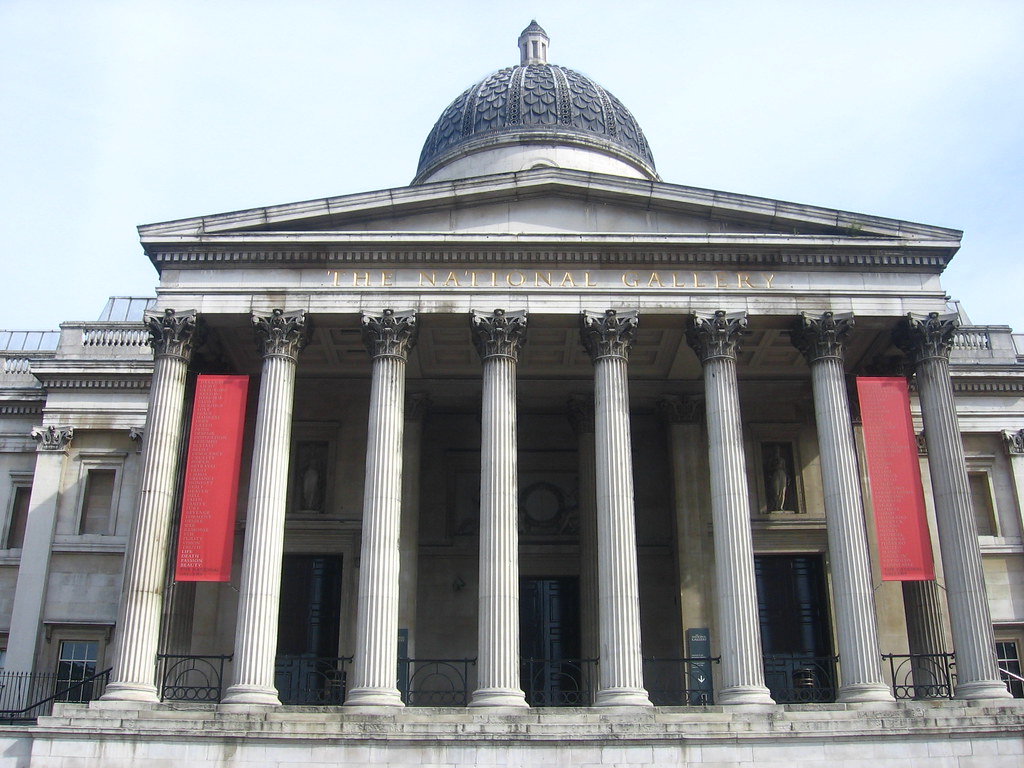
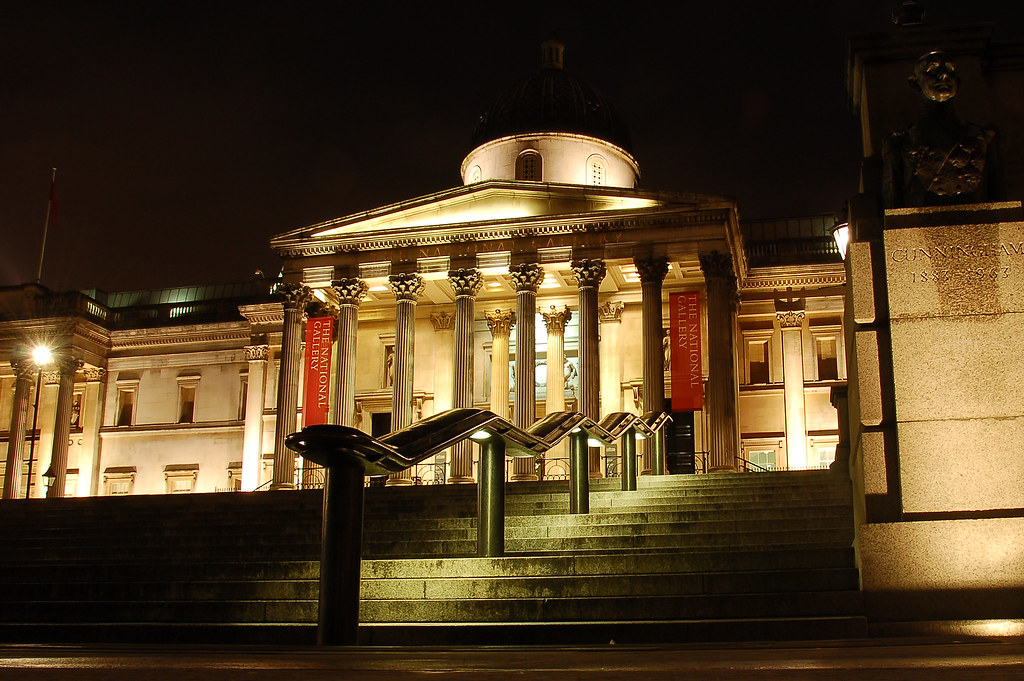
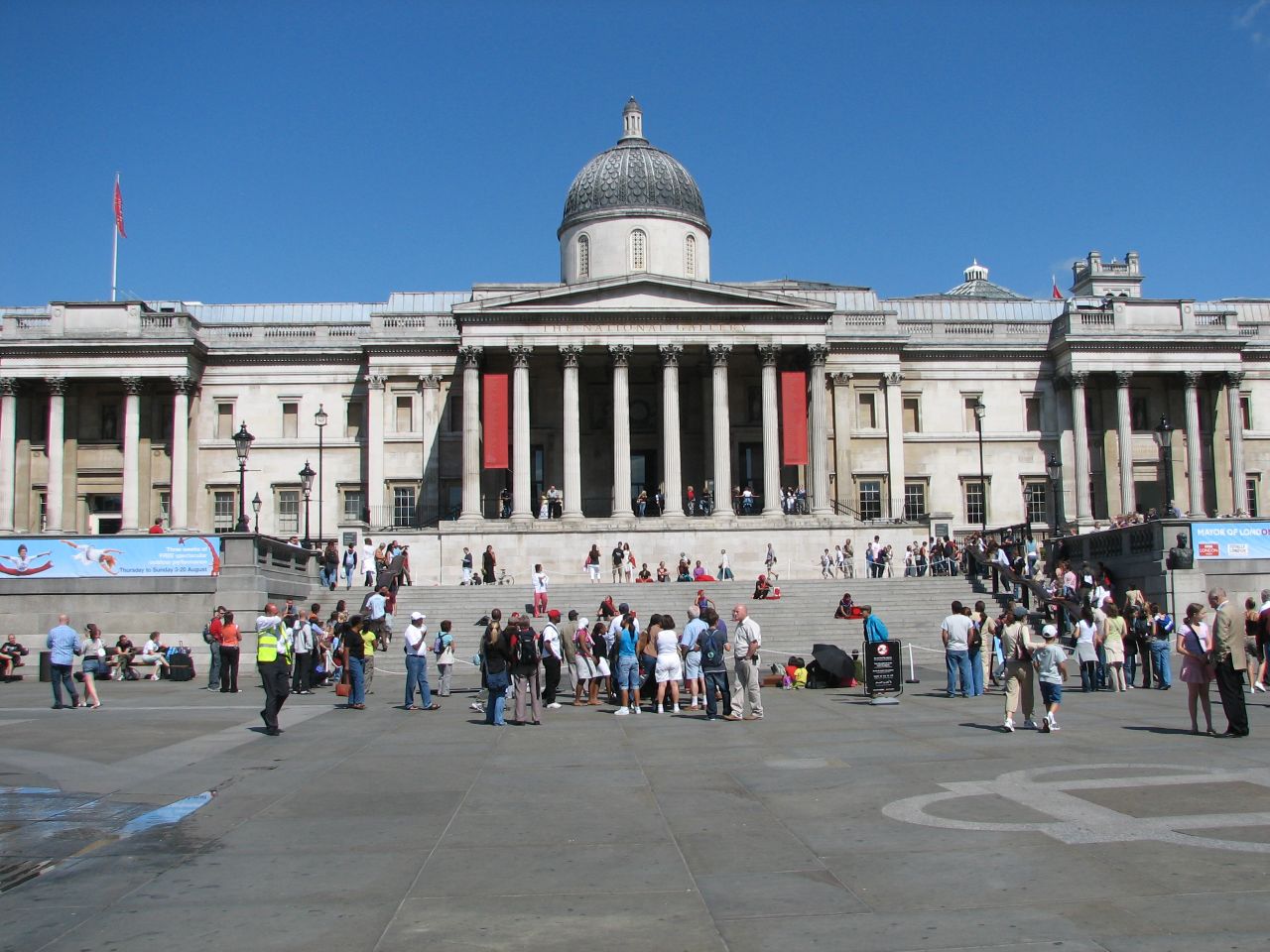
안으로 들어가보시지요
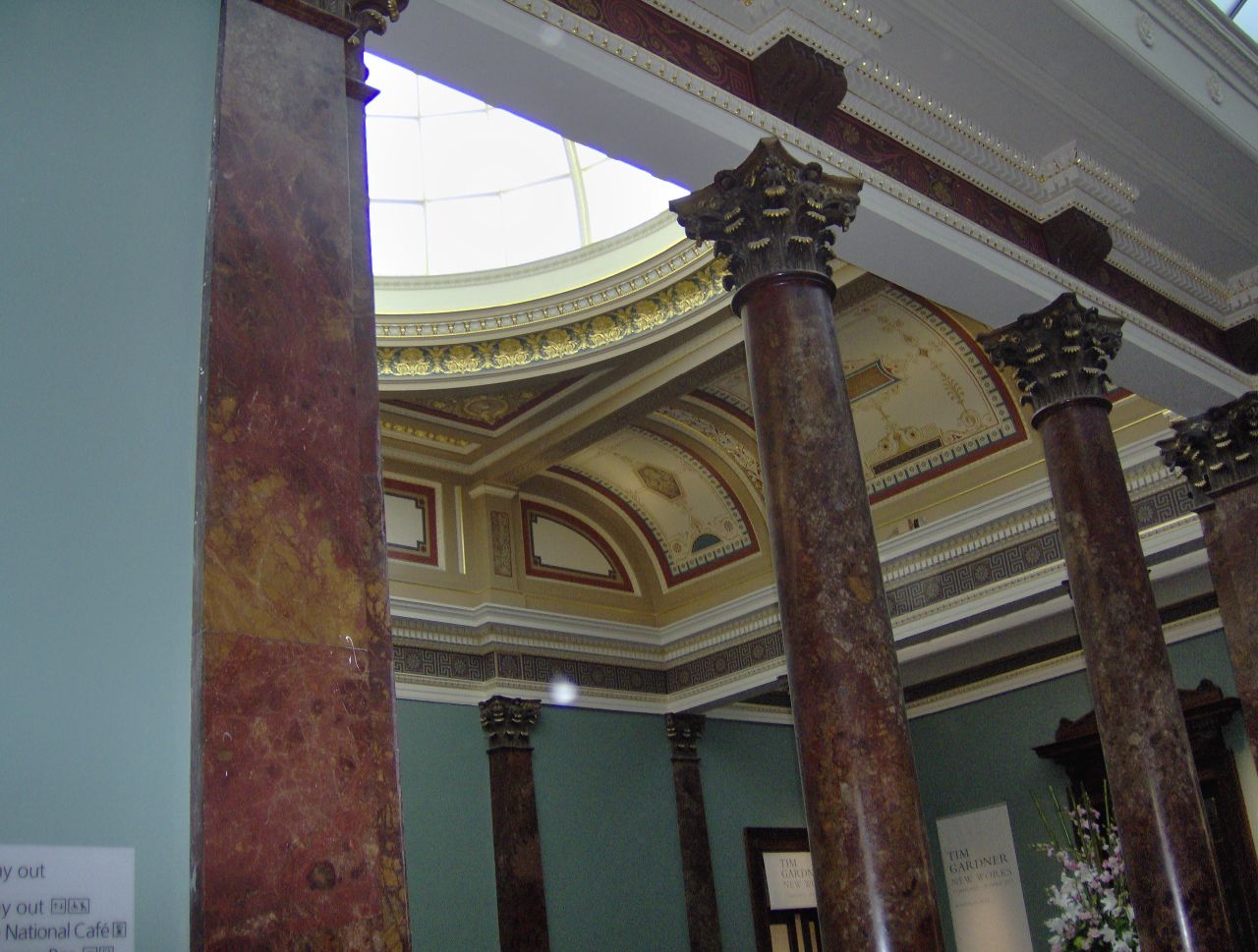
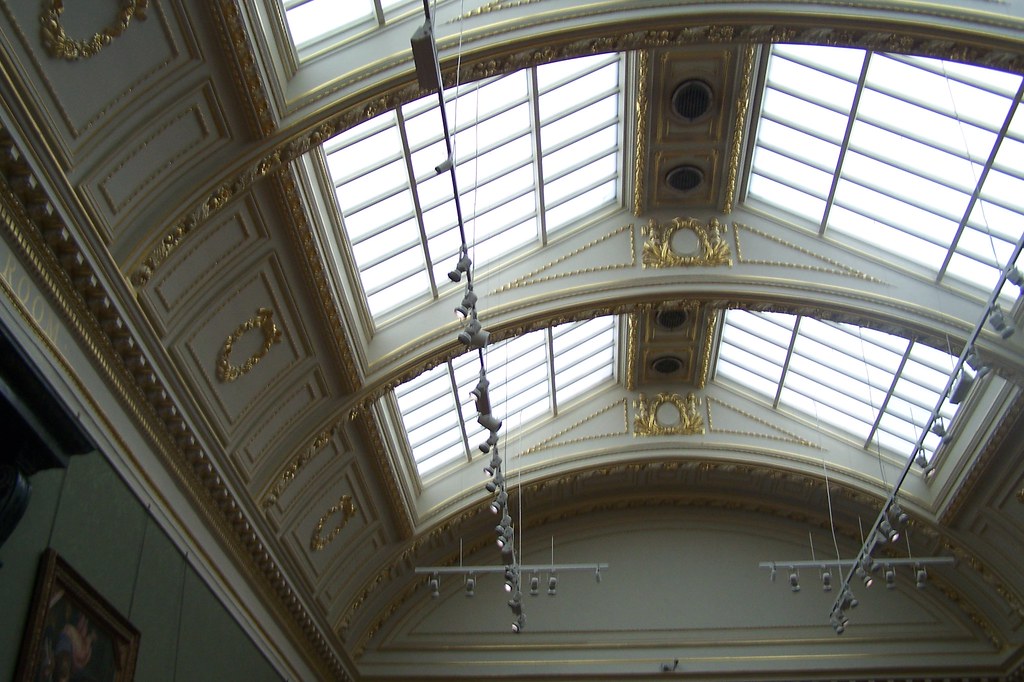
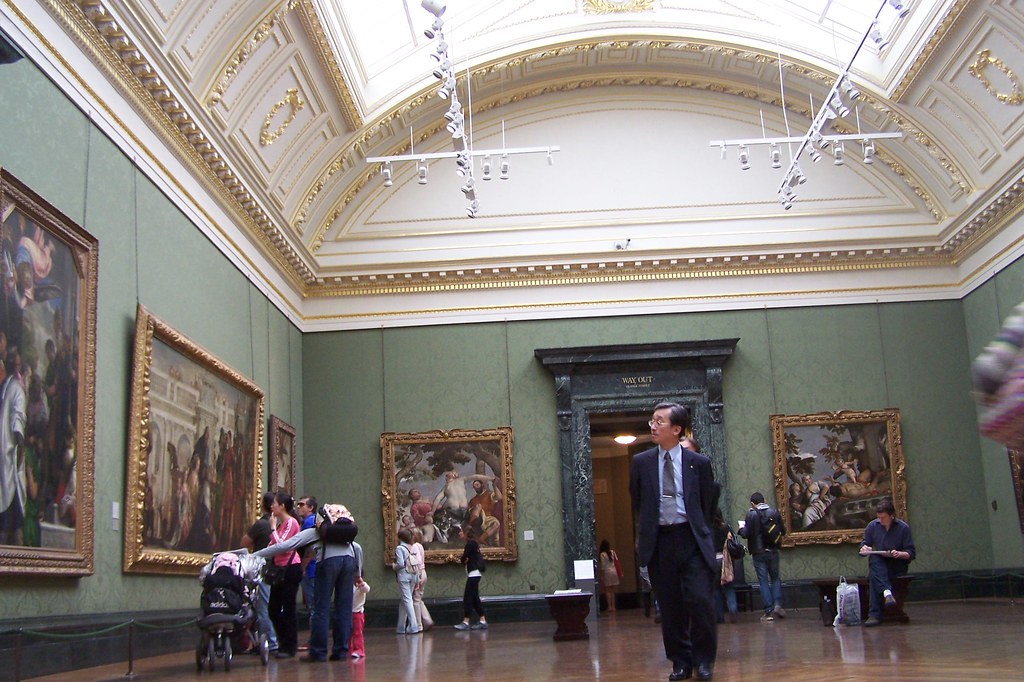
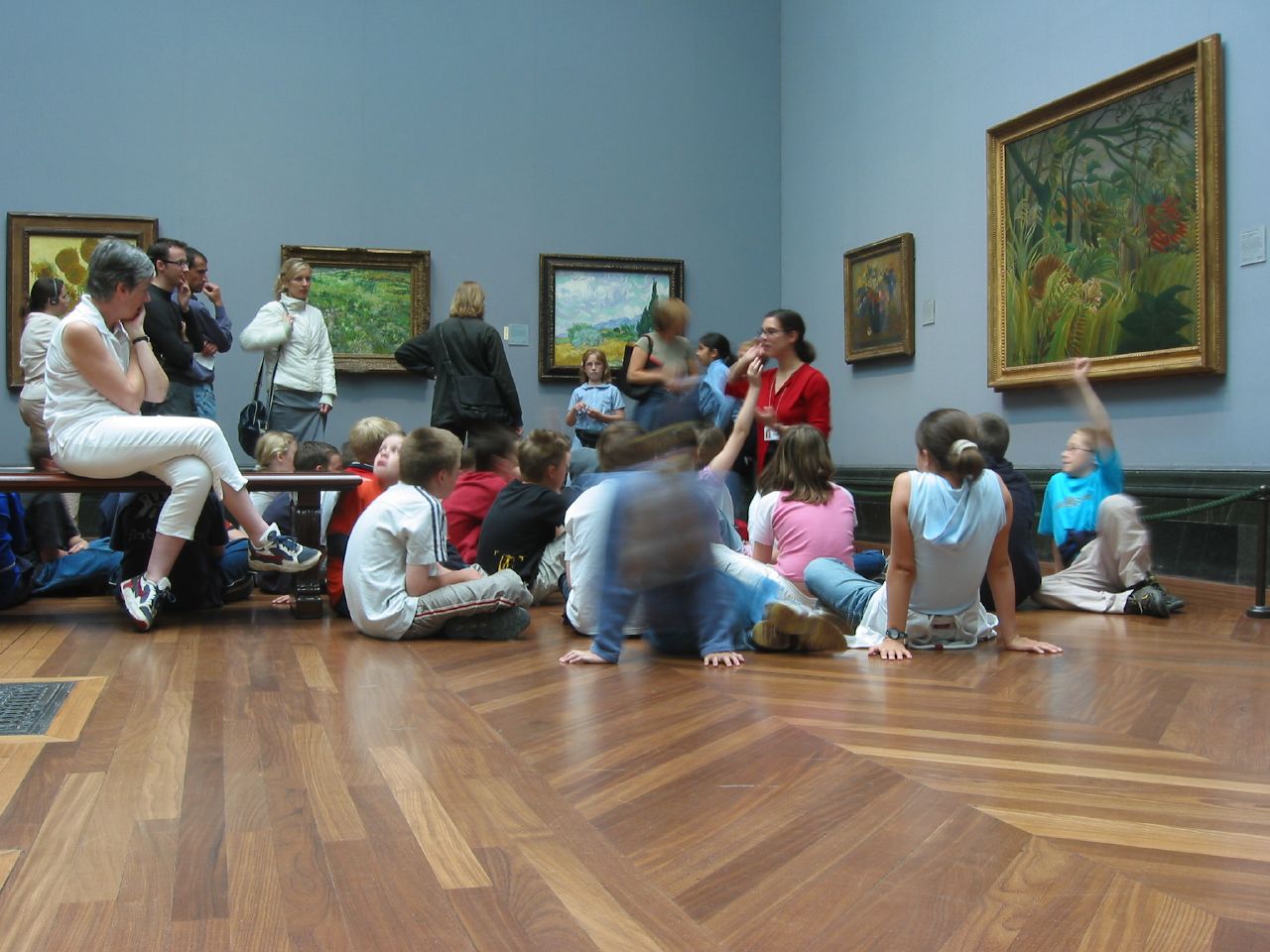

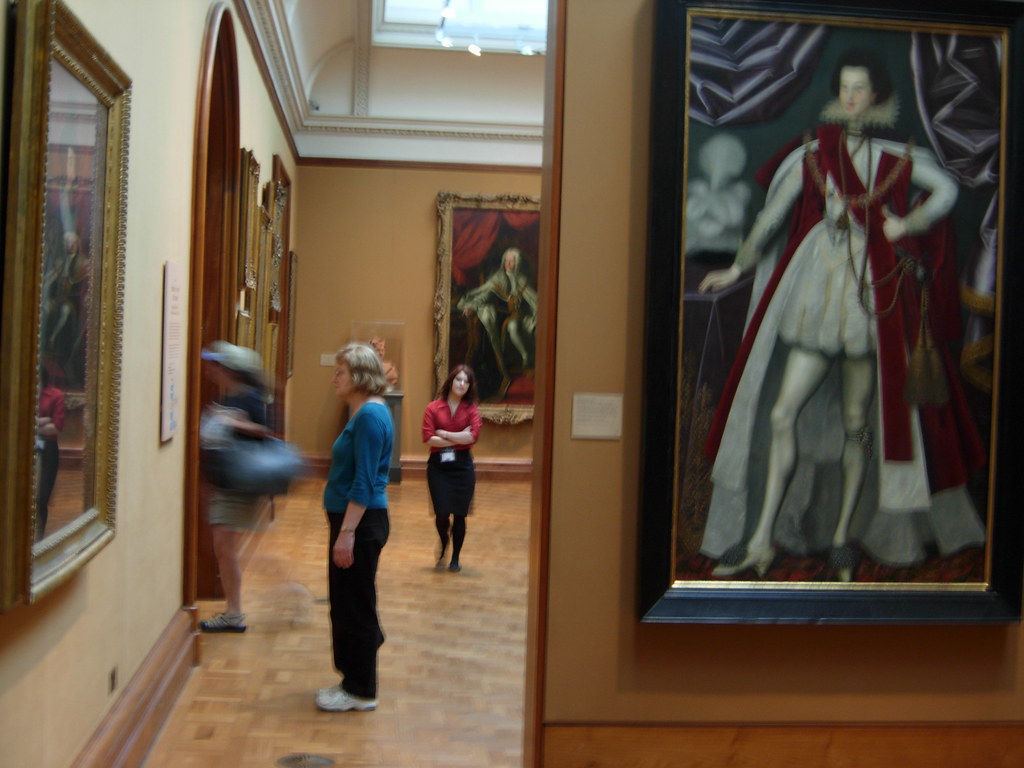
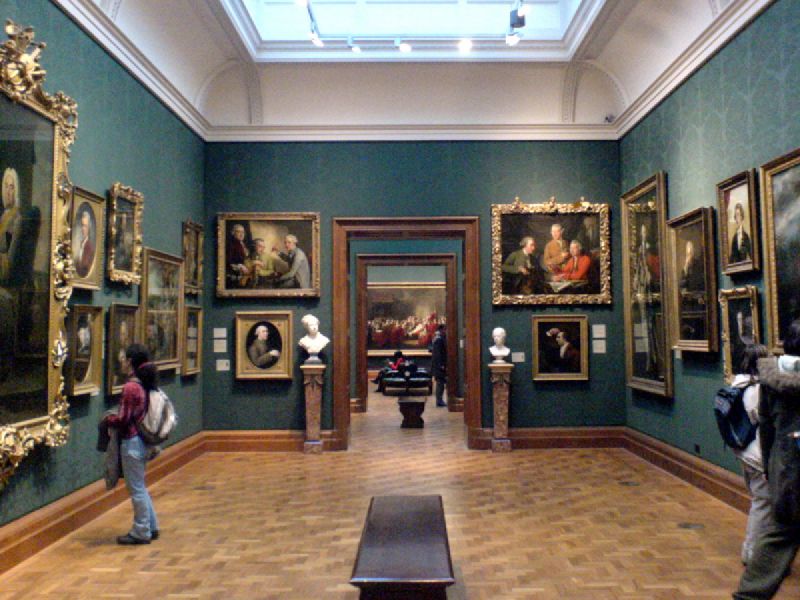
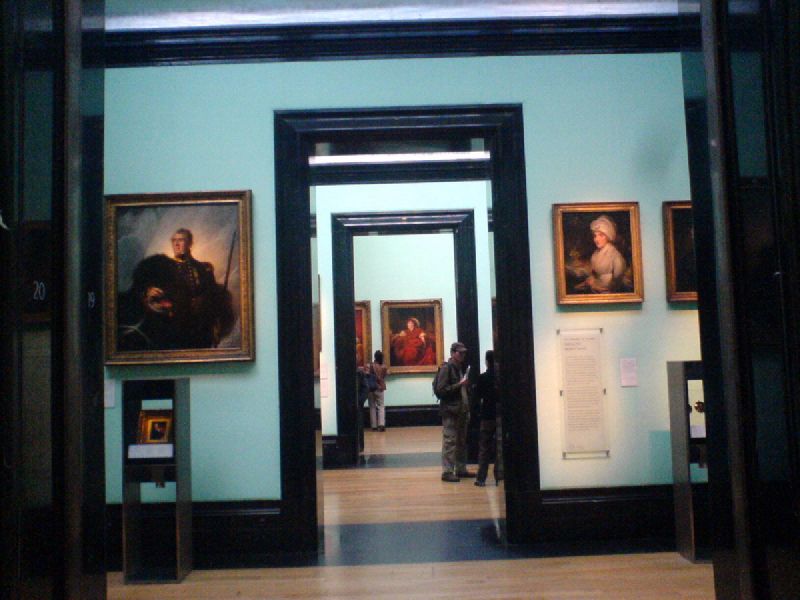
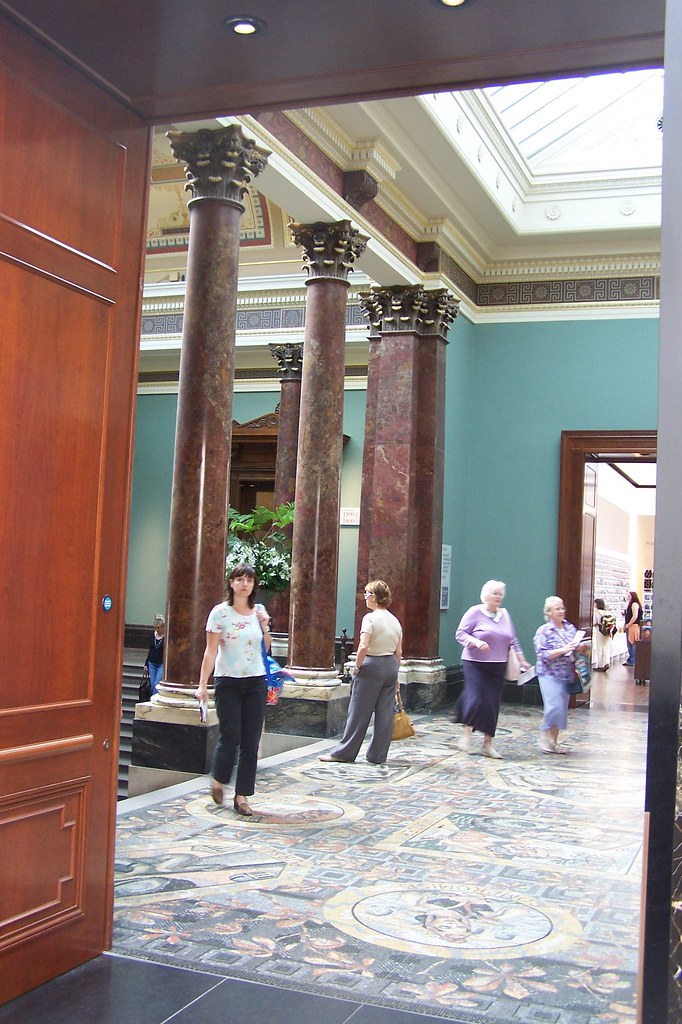
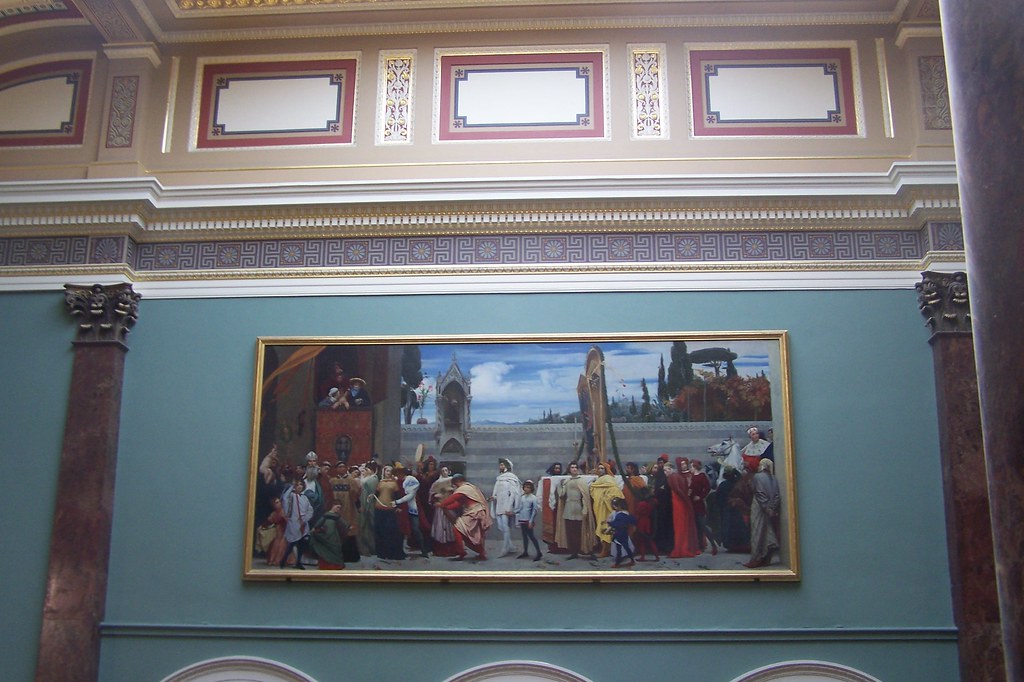
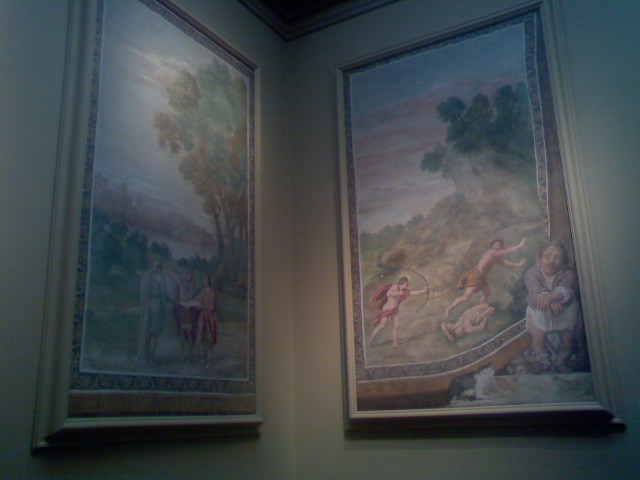
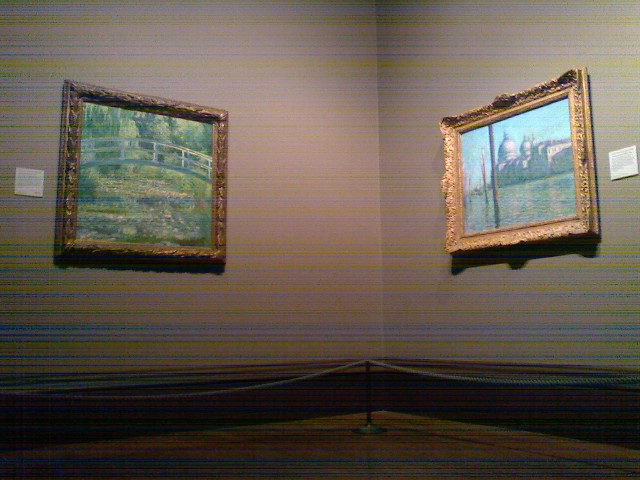
2 Donizetti - The Elixir of Love Venus and Mars about 1485 BOTTICELLI, Sandro about 1445 - 1510 Mars, god of war, was one of the lovers of Venus, goddess of love. Here Mars is asleep and unarmed, while Venus is awake and alert!!. The meaning of the picture is that love conquers war, or love conquers all. This work was probably a piece of bedroom furniture, perhaps a bedhead or piece of wainscoting, most probably the 'spalliera' or backboard from a chest or day bed. The wasps ('vespe' in Italian) at the top right suggest a link with the Vespucci family, though they may be no more than a symbol of the stings of love.c. 1470
Panel, 124,5 x 123 cm
National Gallery, LondonTIZIANO Vecellio Noli me tangere c. 1512 Oil on canvas, 109 x 91 cm National Gallery, London
EYCK, Jan van of Giovanni Arnolfini and his Wife 1434
Oil on oak, 82 x 60 cm National Gallery, LondonRUBENS, Pieter Pauwel Samson and Delilah c. 1609 Oil on wood, 185 x 205 cm Samson, the Jewish hero, fell in love with Delilah. She was bribed by the Philistines, and discovered that his strength came from his hair which had never been cut. While he was asleep it was cut, Samson was drained of his strength and the Philistines were able to capture him. Old Testament (Judges 16: 17-20). Rubens depicts a candlelit interior the Philistines wait at the door, one of their number cuts Samson's hair, while an elderly woman provides extra light. In a niche behind is a statue of the goddess of love, Venus, with Cupid a reference to the cause of Samson's fate. Seaport with the Embarkation of the Queen of Sheba 1648 CLAUDE 1604/5? - 1682 The Bible relates how the Queen of Sheba visited King Solomon in Jerusalem (1 Kings 10).Their meeting was often painted, but it was unusual to depict the Queen's embarkation. Many of Claude's paintings are concerned with the theme of journeying; here he creates an imaginary seaport. This painting and 'Landscape with the Marriage of Isaac and Rebecca', also in the Gallery,were sold by Claude as a pair to the Duc de Bouillon (1605 - 1652), general of the Papal army. The pair complement each other depicting joyful occasions in the Old Testament. The Queen of Sheba is set down at dawn by the sea, and the Marriage of Isaac and Rebecca takes place in the afternoon, inland. Seaport with the Embarkation of Saint Ursula 1641 CLAUDE 1604/5? - 1682 According to legend Saint Ursula was a British princess who made a pilgrimage to Rome with 11,000 virgin companions. She returned with them to Cologne, where they were all martyred. Saint Ursula is shown here, in yellow and holding a flag with her emblem, watching her companions embark on the return voyage. The girls carry bows and arrows, the instruments of their martyrdom. The building at the left is based on the Tempietto di San Pietro in Montorio, Rome.The canvas was painted in 1641 for Fausto Poli, who was made a cardinal by Pope Urban VIII in 1643
Robert Venturi and Denise Scott Brown Sainsbury Wing, National Gallery, London, England 1985-91 interior view, photo Matt Wargo
The National Gallery, East Wing Project

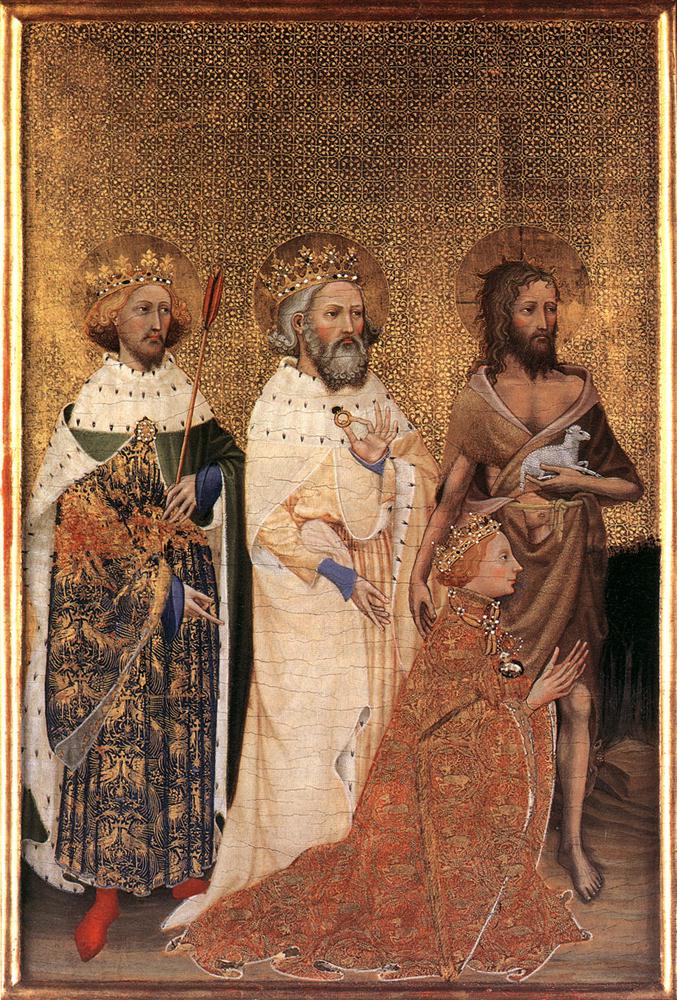
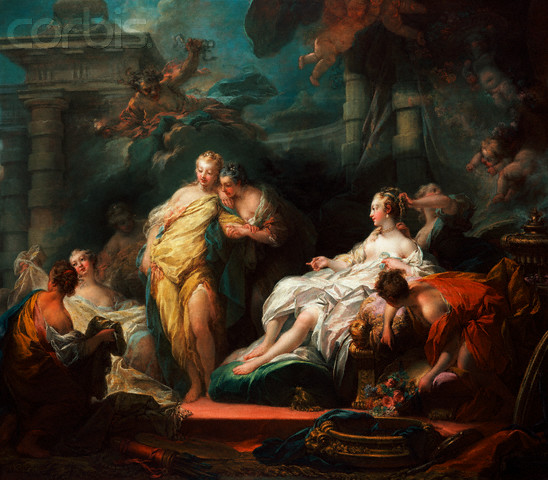
Watteau_"The Love Song"
Rembrandt, "Saskia as Flora"
REMBRANDT Harmenszoon van Rijn< Hendrickje Bathing in a Rive 1654
Oil on panel, 61.8 x 47 cm National Gallery, LondonJones by Renaldi Anne, Lady Pope with her children by Marcus Gheeraerts the Younger
The Rokeby Venus VELAZQUEZ, Diego
1599 - 1660 This is the only surviving example of a female nude by Velazquez. The subject was rare in Spain because it met with the disapproval of the Venus, the goddess of love, was the most beautiful of the goddesses, and was regarded as a personification of female beauty. She is shown here with her son Cupid, who holds up a mirror for her to look both at herself and at the viewer.Handel-Gloria in excelsis Deo Waterlilies - Monet
The Virgin on the Rocks - Leonardo da Vinci The Virgin of the Rocks' seems not to refer to the mystery of the Immaculate Conception, but depicts the type of subject that Leonardo might have painted in his native Florence where legends concerning the young Saint John the Baptist were popular.It was twenty five years until a painting of this subject was finally placed in the chapel. In the interim, Leonardo had painted two versions of the composition: the first (in the Louvre) probably sold in the 1490s to a private client after a financial wrangle with the Confraternity; and a replacement, - the painting that now hangs in the National Gallery - that was never finished despite some help from his studio, but was installed in the chapel in 1508.
by Vincent van Gogh 1889
The Battle of San Roman UCCELLO, Paolo
about 1397 - 1475 This brilliantly structured and colourful painting depicts part of the battle of San Romano that was fought between Florence and Siena in 1432. The central figure is Niccolo da Mauruzi da Tolentino on his white charger,the leader of the victorious Florentine forces, who is identifiable by the motif of 'Knot of Solomon' on his banner. This panel is one of a set of three showing incidents from the same battle. The other two are in the Louvre, Paris, and the Uffizi, Florence. This painting and its two companion panels were commissioned by the Bartolini Salimbeni family in Florence sometime between 1435 and 1460, only the Uffizi panel is signed. Lorenzo de' Medici so coveted them that he had them forcibly removed to the Medici palace. The Adoration of the Kings 1510-15 GOSSAERT, Jan Died: 1532 This large picture was probably painted as the altarpiece of the Lady Chapel at St Adrian's Grammont, near Brussels. The kneeling King, Caspar, is probably a portrait of Johannes de Broeder, who became abbot there in 1506 and may have commissioned the picture.Behind him stands Melchior with a retinue of attendants. Balthazar is on the left.Further back an onlooker, seen through a doorway, may be a self portrait of the artist. The dove, symbol of the Holy Spirit, descends to the infant Christ from the brilliant star in the sky, and angels approach from a great distance through a series of arches, giving the scene a spectacular sense of space and depth.Madonna of the Pinks - Raphael This small devotional picture was painted for Christian contemplation its original owner would have held the painting in his or her hand. It shows the Virgin and Child seated in a bedchamber (the bed-curtain is looped behind the Virgin's head) with a view of a sunny landscape seen through a window. They hand flowers between them - pinks which are symbols of marriage - depicting the Virgin Mary as not only the Mother but the Bride of Christ The Entombment about 1500-1 MICHELANGELO 1475 - 1564 This unfinished painting shows Christ's body being carried to his tomb.
Flute Concerto In F Major Mr and Mrs Andrews about 1750 GAINSBOROUGH, Thomas 1727 - 1788 This portrait is the masterpiece of Gainsborough's early years. It was painted after his return home from London to Suffolk in 1748, soon after the marriage of Robert Andrews of the Auberies and Frances Carter of Ballingdon House, near Sudbury in November of that year. Bathers at Asni?res 1884 SEURAT, Georges 1859 - 1891 This was the first of Seurat's large-scale compositions.He drew cont? crayon studies for individual figures using live models, and made small oil sketches on site which he used to help design the composition and record effects of light and atmosphere. Some fourteen oil sketches and ten drawings survive. The final composition,painted in the studio, combines information from both. The landscape evokes Robert Andrew's estate, to which his marriage added property.He has a gun under his arm, while his wife sits on an elaborate Rococo-style wooden bench. The painting of Mrs Andrews' lap is unfinished. The space may have been reserved for a child for Mrs Andrews to hold. The Judgement of Paris about 1597-9 RUBENS, Peter Paul 1577 - 1640 Paris, seated with his back to the viewer, gives the prize of a golden apple to Venus,the central standing goddess, whom he judged to be the most beautiful of the three. To the left stands Juno who is angered by the choice, and to the right, turned away,Minerva, identifiable by the armour at her feet. Venus is accompanied by Cupid and crowned by a putto; another putto holds two doves. Paris is accompanied by Mercury at the left, and in the background two satyrs watch the contest. At the right a water god and a nymph recline on the ground. This work was probably painted shortly before Rubens's departure for Italy in 1600. Oil on oak 133.9 x 174.5 cm. Bacchus and Ariadne ;left foreground: ticianvs f. [ecit]. Bacchus, god of wine, emerges with his followers from the landscape to the right. Falling in love with Ariadne on sight, he leaps from his chariot, drawn by two cheetahs, towards her. Ariadne had been abandoned on the Greek island of Naxos by Theseus, whose ship is shown in the distance. The picture shows her initial fear of Bacchus, but he raised her to heaven and turned her into a constellation, represented by the stars above her head.Belsazzar's Feast - Rembrandt
Sunflowers - Vincent van Gogh This is one of four paintings of sunflowers dating from August and September 1888. Van Gogh intended to decorate Gauguin's room with these paintings n the so-called Yellow House that he rented in Arles in the South of France. He and Gauguin worked there together between October and December 1888. Van Gogh wrote to his brother Theo in August 1888, 'I am hard at it, painting with the enthusiasm of a Marseillais eating bouillabaisse, ;which won't surprise you when you know that what I'm at is the painting of some sunflowers.If I carry out this idea there will be a dozen panels. So the whole thing will be a symphony in blue and yellow. I am working at it every morning from sunrise on, for the flowers fade so quickly. I am now on the fourth picture of sunflowers. This fourth one is a bunch of 14 flowers ... it gives a singular effect.' The dying flowers are built up with thick brushstrokes (impasto). The impasto evokes the texture of the seed-heads. Van Gogh produced a replica of this painting in January 1889, and perhaps another one later in the year. The various versions and replicasremain much debated among Van Gogh scholars.<
VERMEER VAN DELFT, Jan Lady Seated at a Virginal c. 1673 Oil on canvas, 51,5 x 45,5 cm National Gallery, London
Horn Concerto No.3 In E flat Major K.447 -mozart Paul Cezanne, Montagne in Provenza (Mountains in Provence) 1886-90 Oil on canvas, 63.5 x 79.4 cm (25 x 31 3/8") National Gallery, London. Queen Elizabeth I by Unknown artist The Fighting Temeraire gged to her Last Berth to be broken up, 1838 TURNER, Joseph Mallord William 1775 - 1851 The 98-gun ship 'Temeraire' played a distinguished role in Nelson' s victory at the Battle of Trafalgar in 1805, after which she was known as the 'Fighting Temeraire' The ship remained in service until 1838 when she was decommissioned and towed from Sheerness to Rotherhithe to be broken up. The painting was thought to represent the decline of Britain' s naval power. The 'Temeraire' is shown travelling east, away from the sunset, even though Rotherhithe is west of Sheerness, but Turner's main concern was to evoke a sense of loss, rather than to give an exact recording of the event. The spectacularly colourful setting of the sun drawsa parallel with the passing of the old warship. By contrast the new steam-powered tug is smaller and more prosaic.
Rembrandt Self portrait 1669
The Ambassadors HOLBEIN the Younger, Hans
1497/8 - 1543 This picture memorialises two wealthy, educated and powerful young men. At the left is Jean de Dinteville, aged 29, French ambassador to England in 1533. To the right stands his fr Georges de Selve, aged 25, Bishop of Lava who acted on several occasions as ambassador to the Emperor, the Venetian Republic and the Holy See.Boy Bitten by a Lizard c. 1594
Caravaggio - Supper At Emmaus - Milan
Caravaggio - Supper At Emmaus
Giovanni Domenico Tiepolo
by Philippe de Champaigne(1602-1674)
Caravaggio_Salome with the Head of St John the Baptist
John Julius Angerstein (1732-1823) by Sir Thomas Lawrence
Lute Player (1624) Hendrick TerBrugghen Elizabeth-Louise Vigee-Lebrun
Mather Brown (b.1761, Boston, MA; d.1831, London, England) Sir Richard Arkwright, 1790
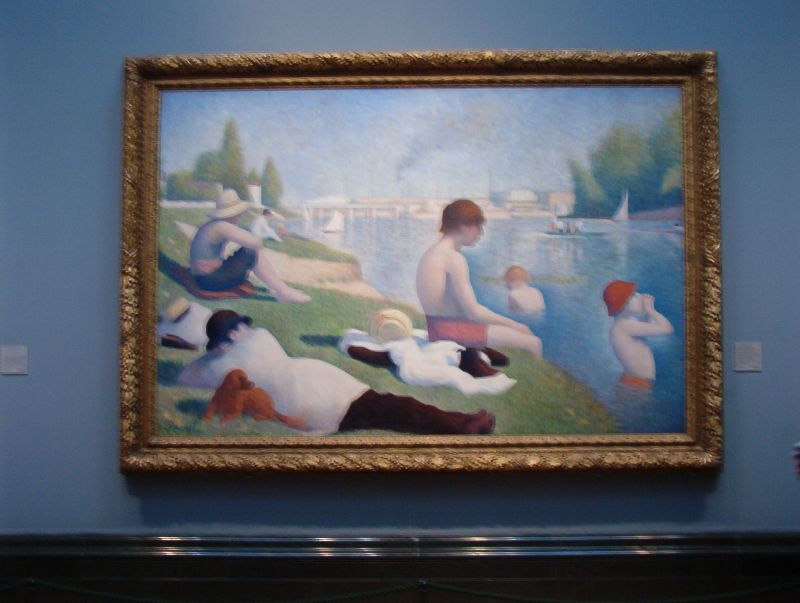
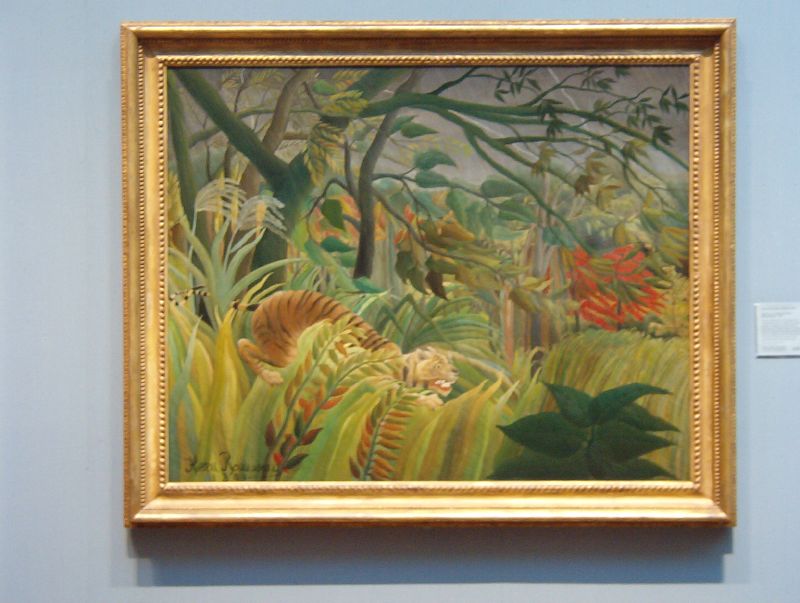
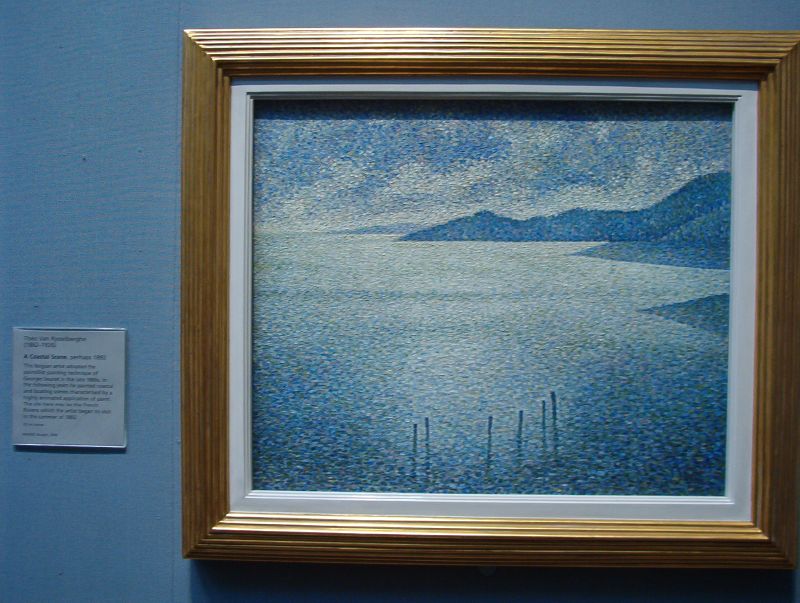
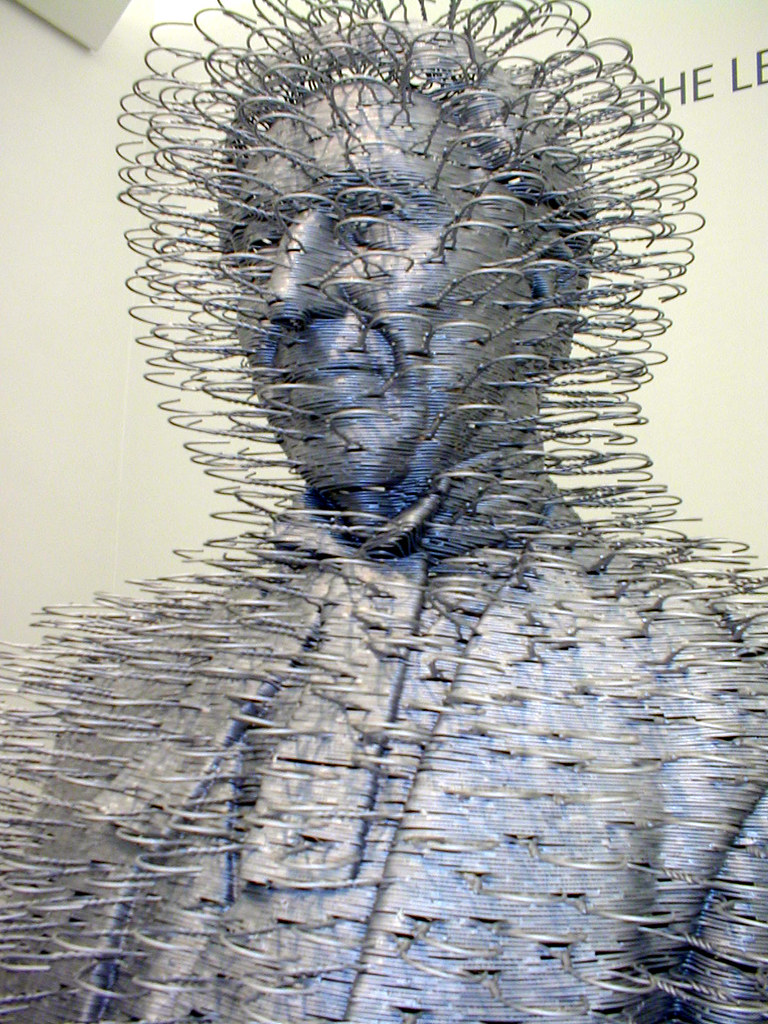
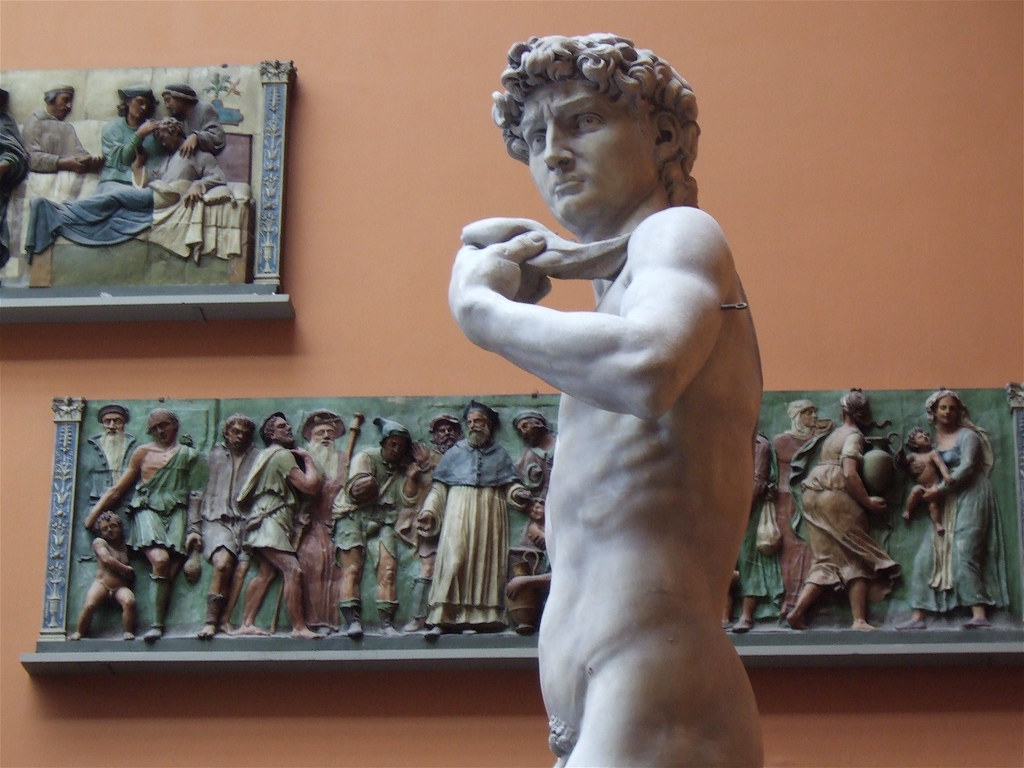
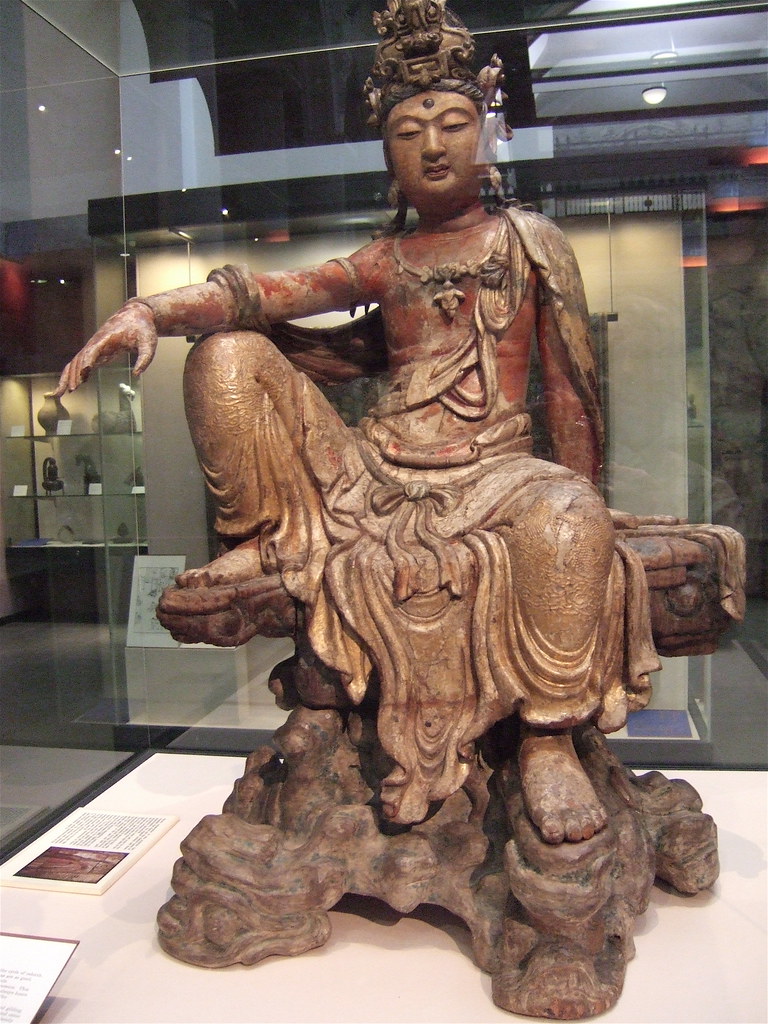
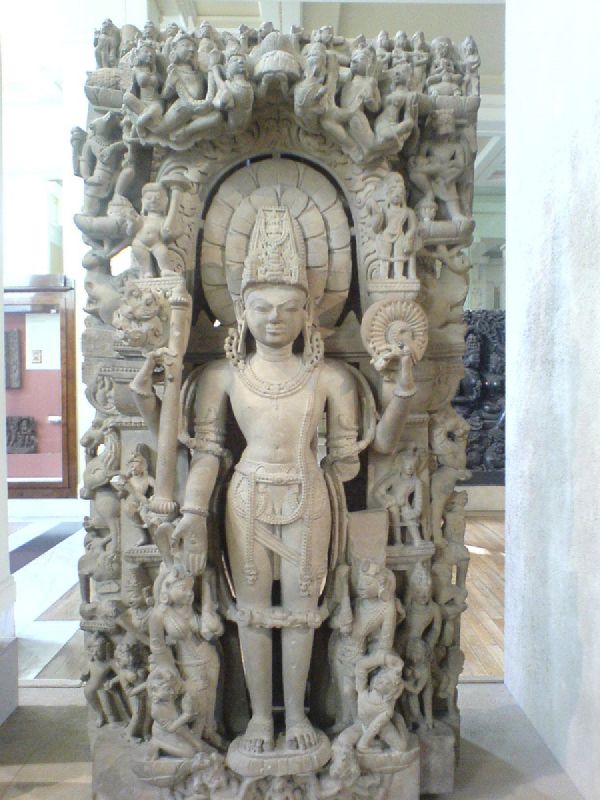
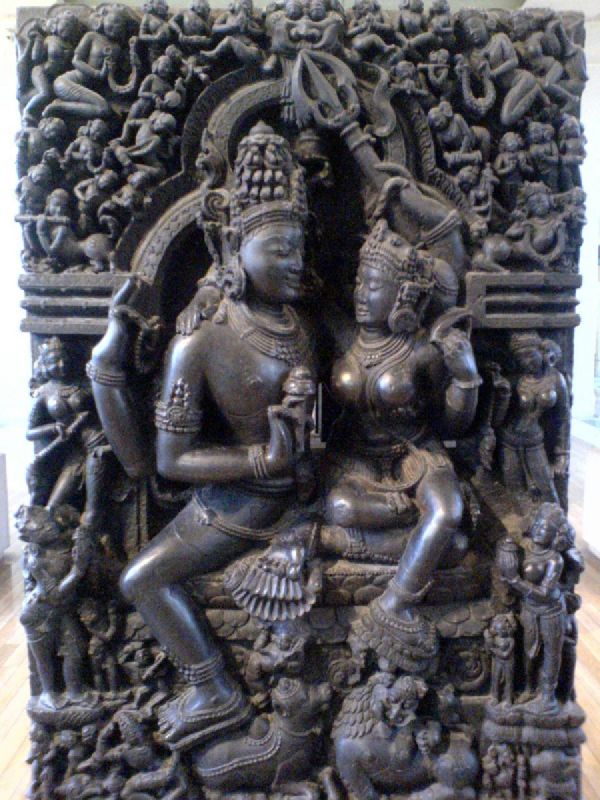
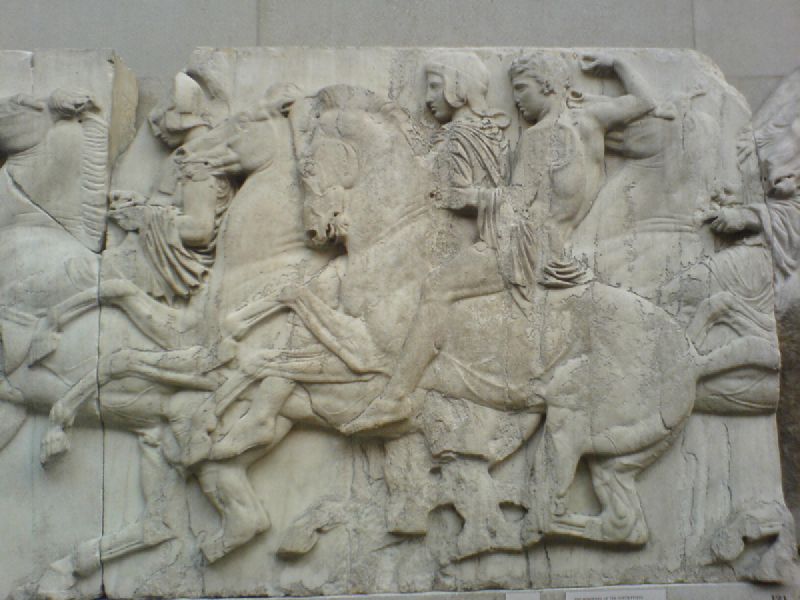
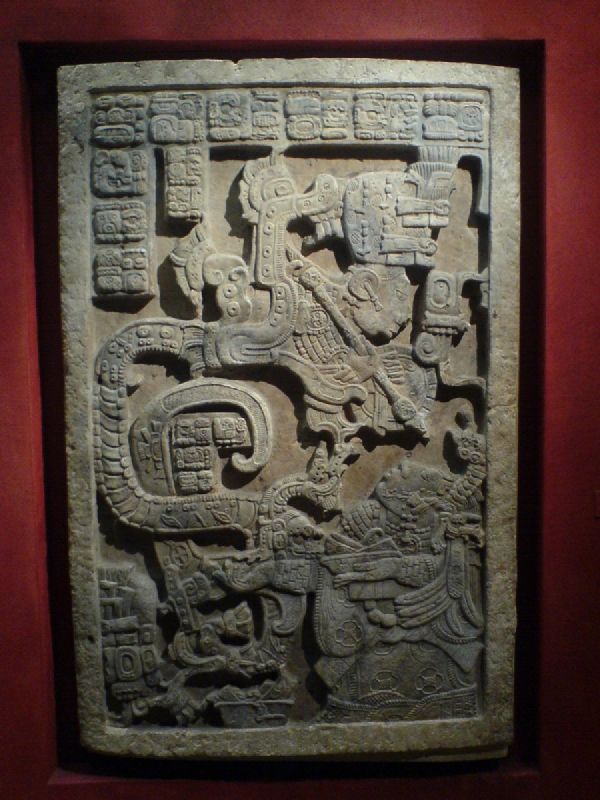
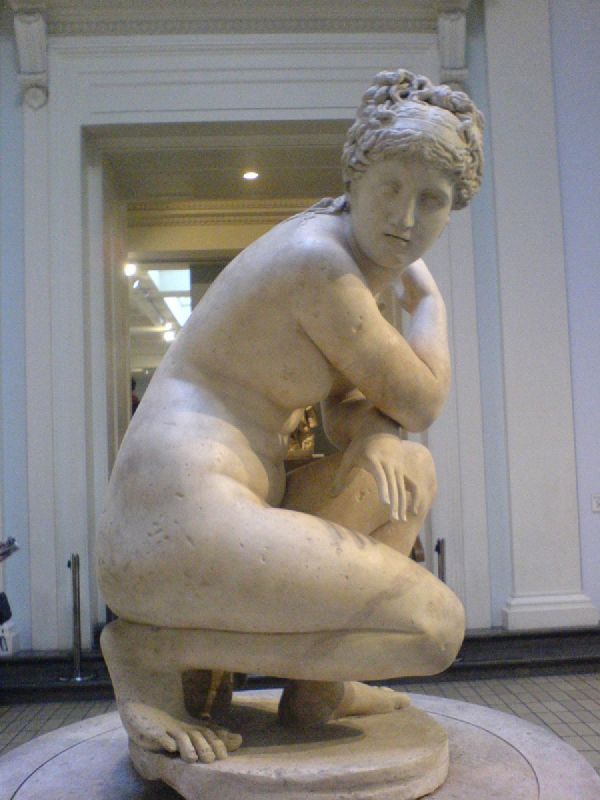
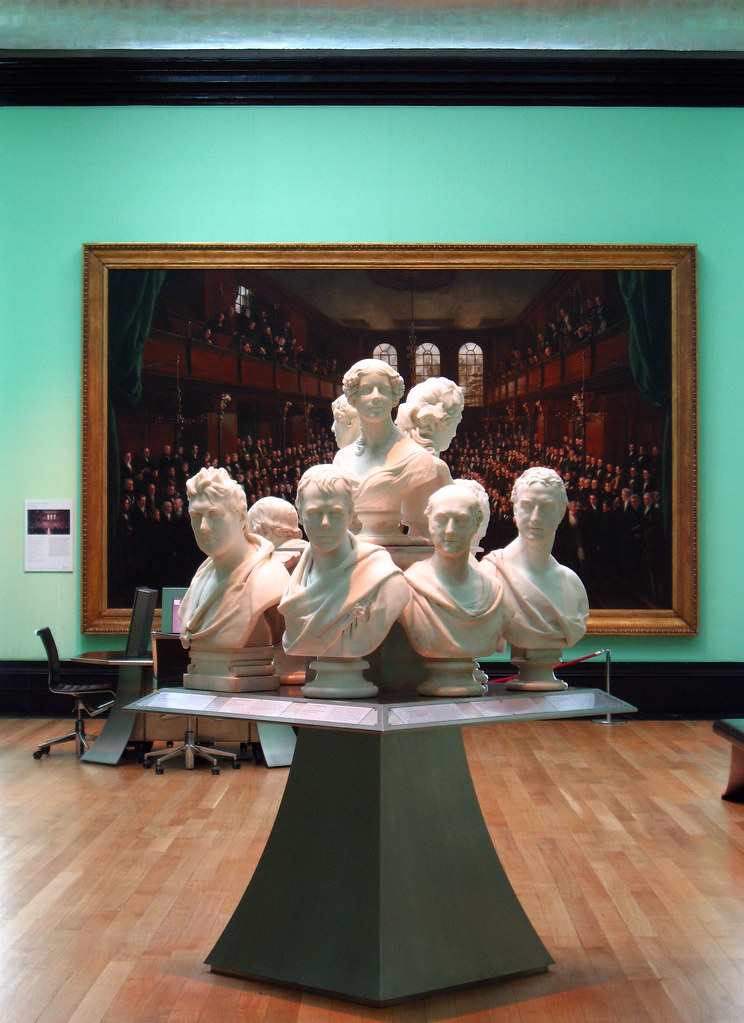
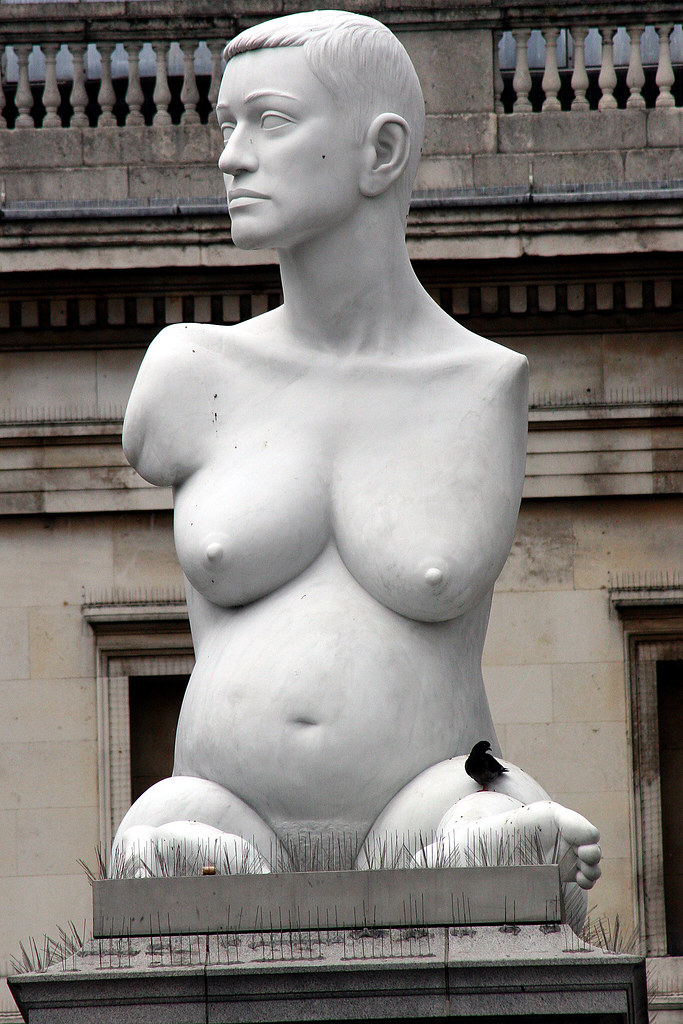
National Gallery Grand Tour 2007 노변 순회전시
Hooked on Scotland The Brave (Hookery Jiggery Jock) 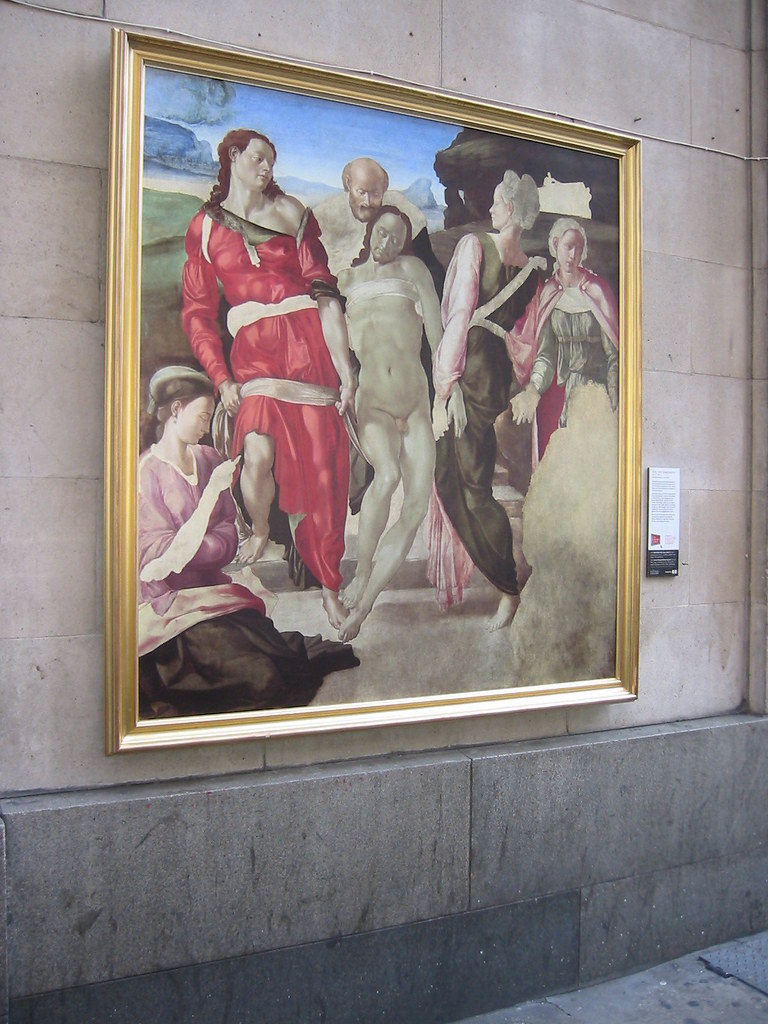
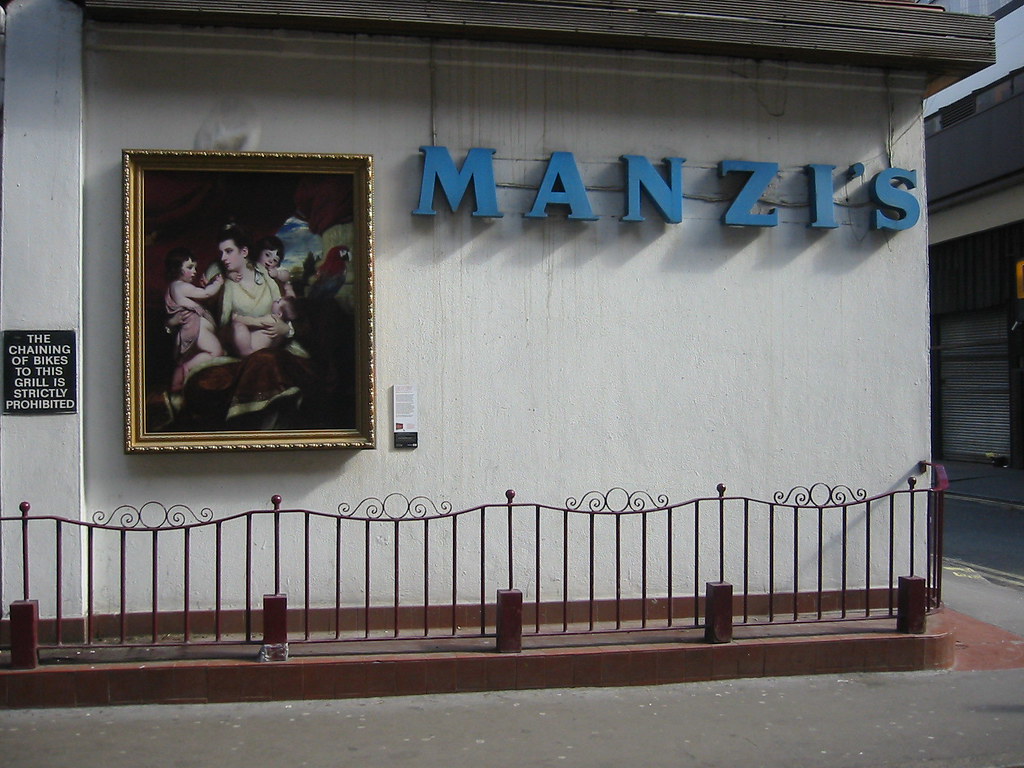
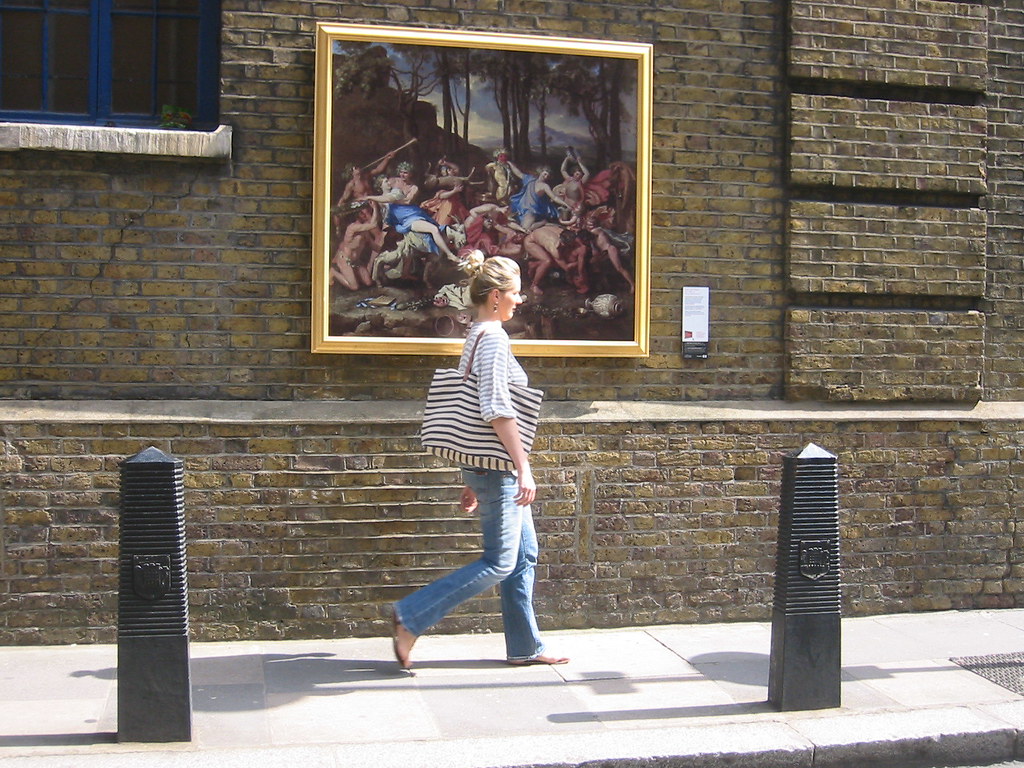
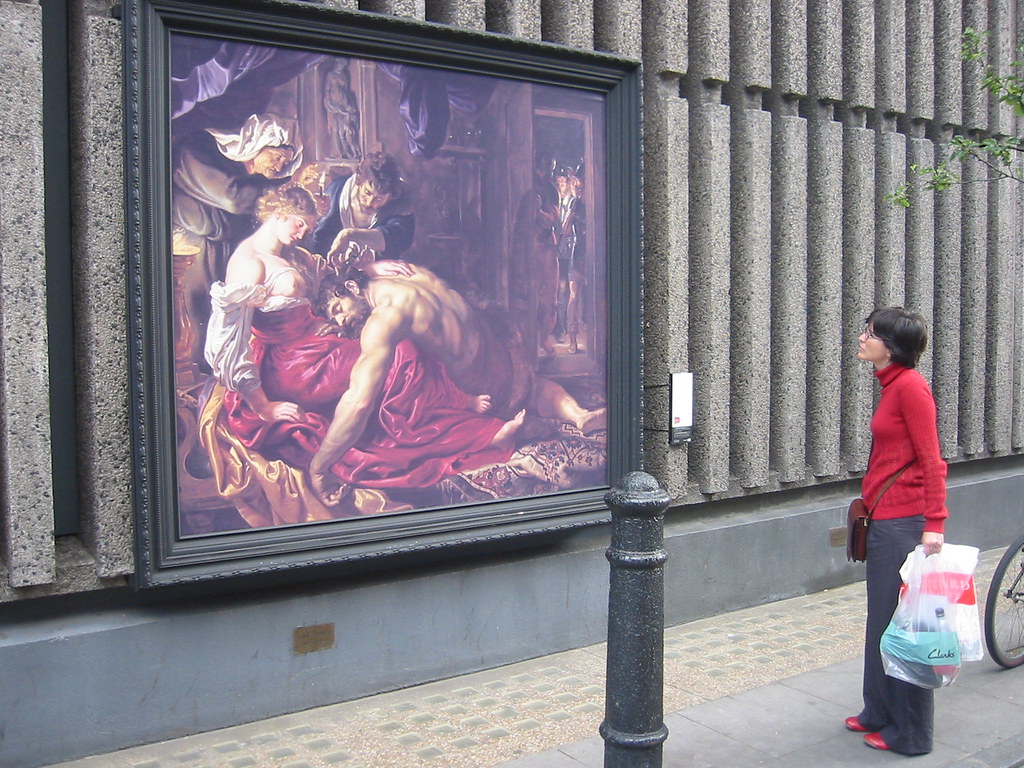
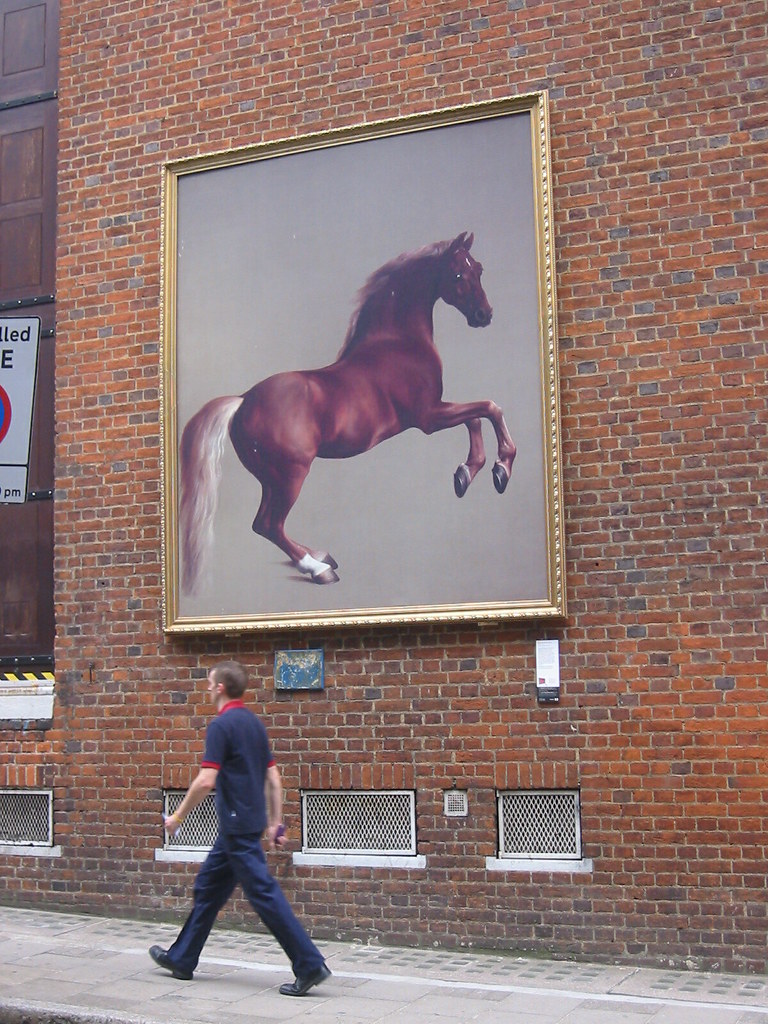
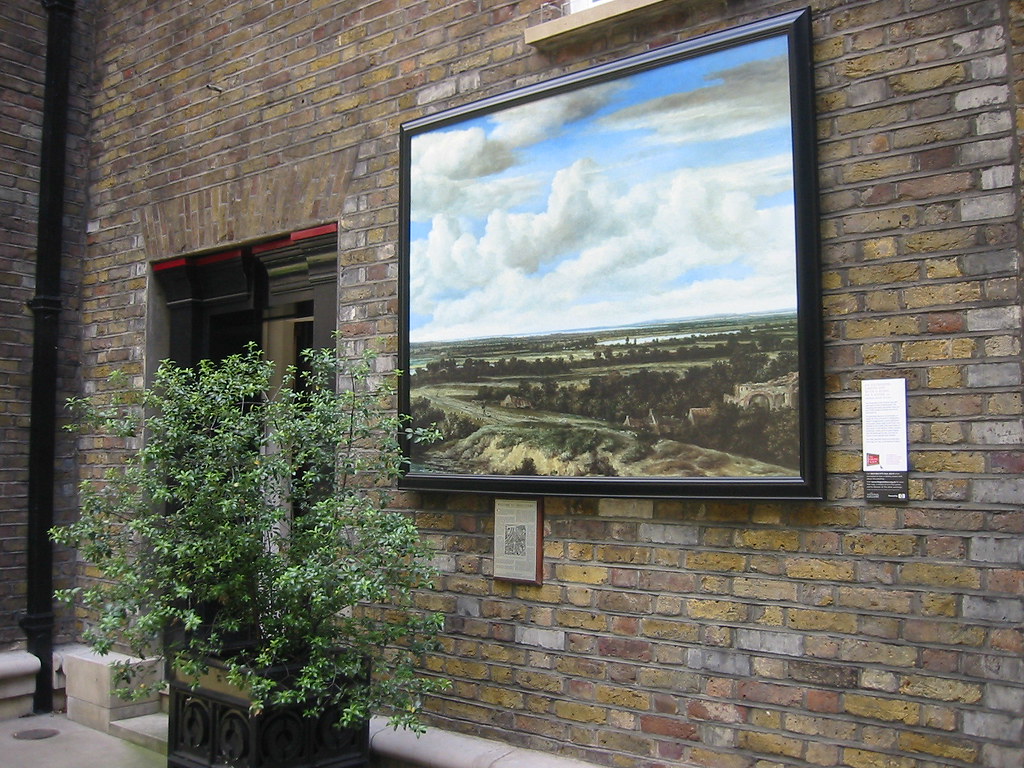

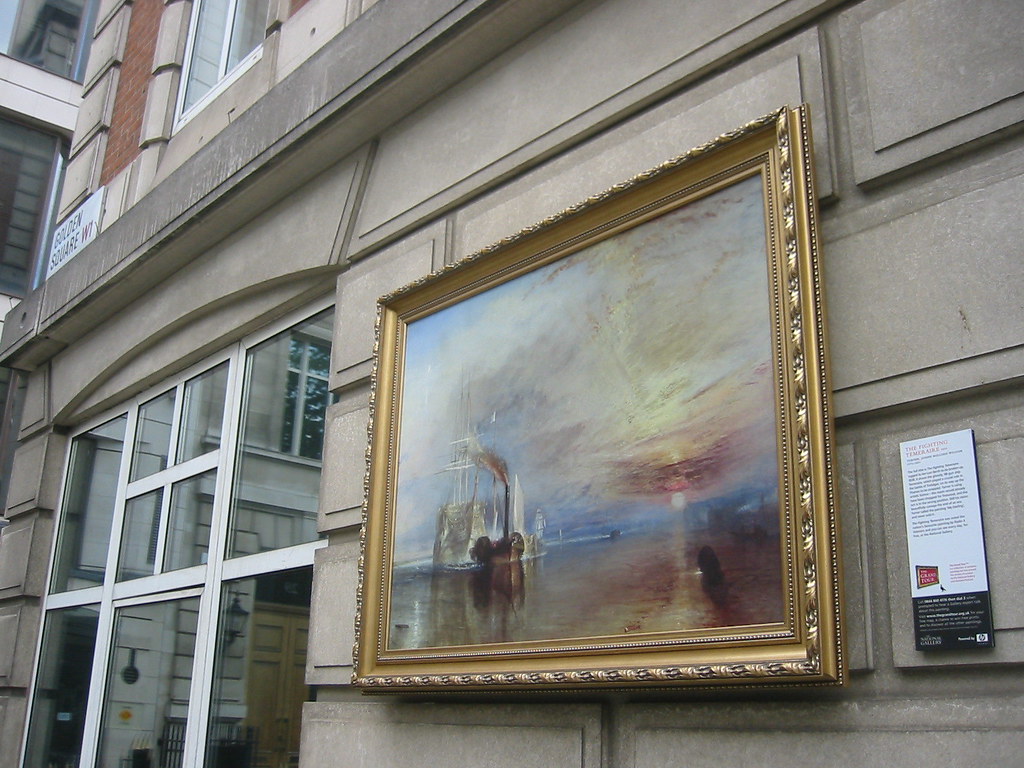
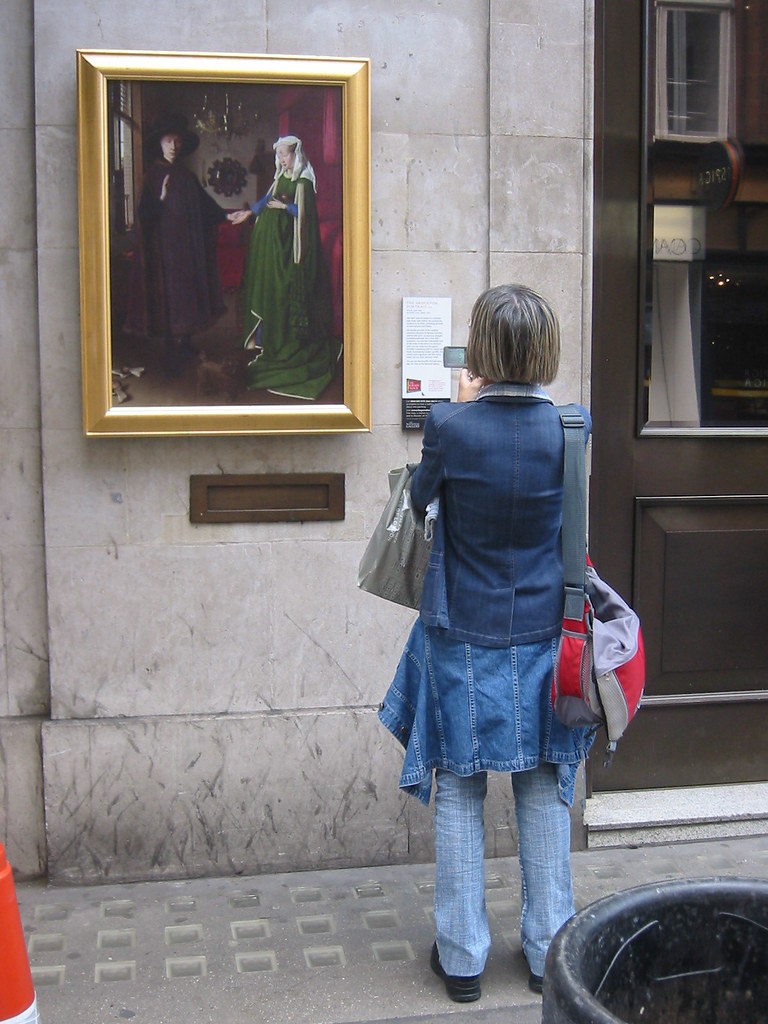
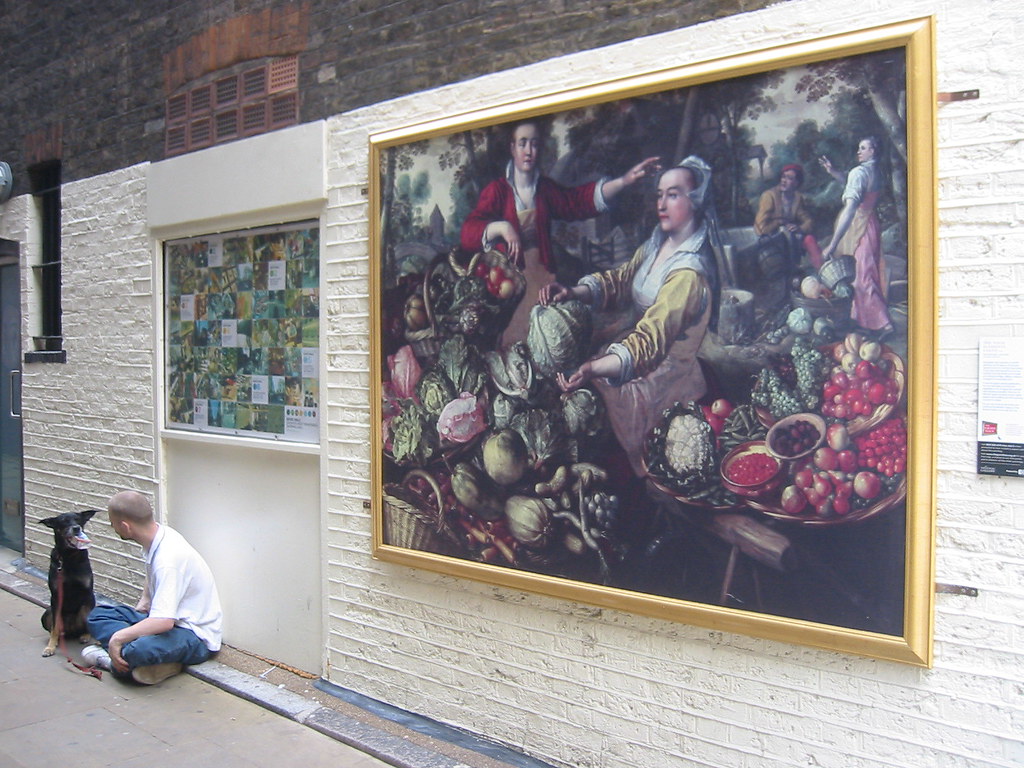
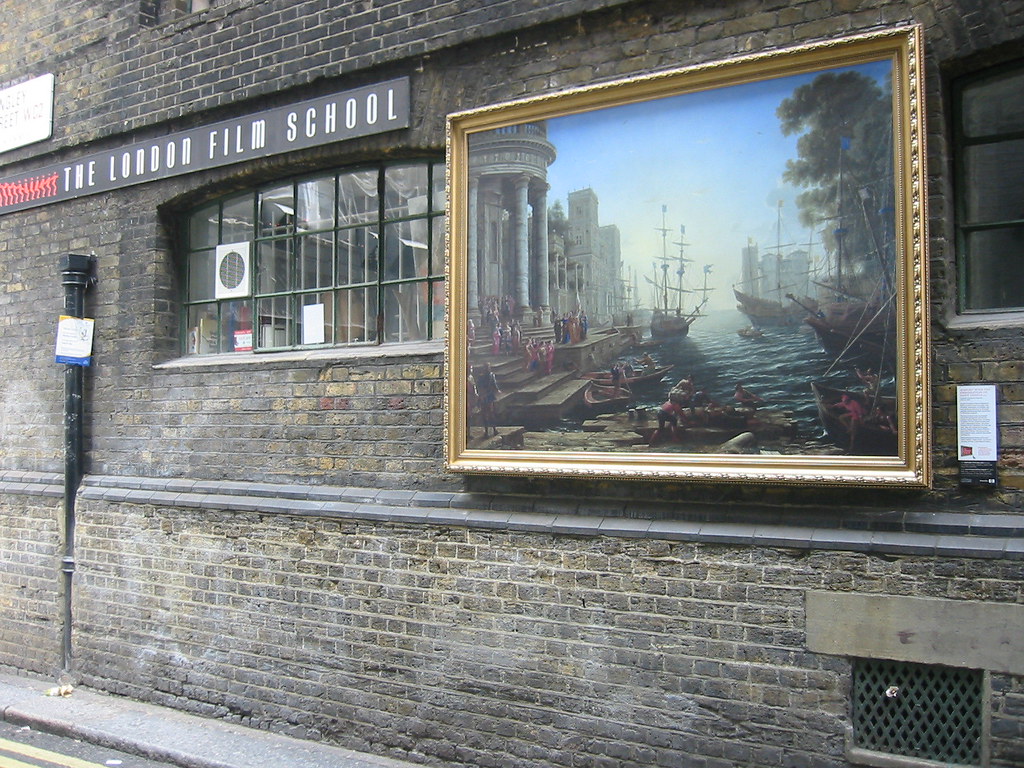
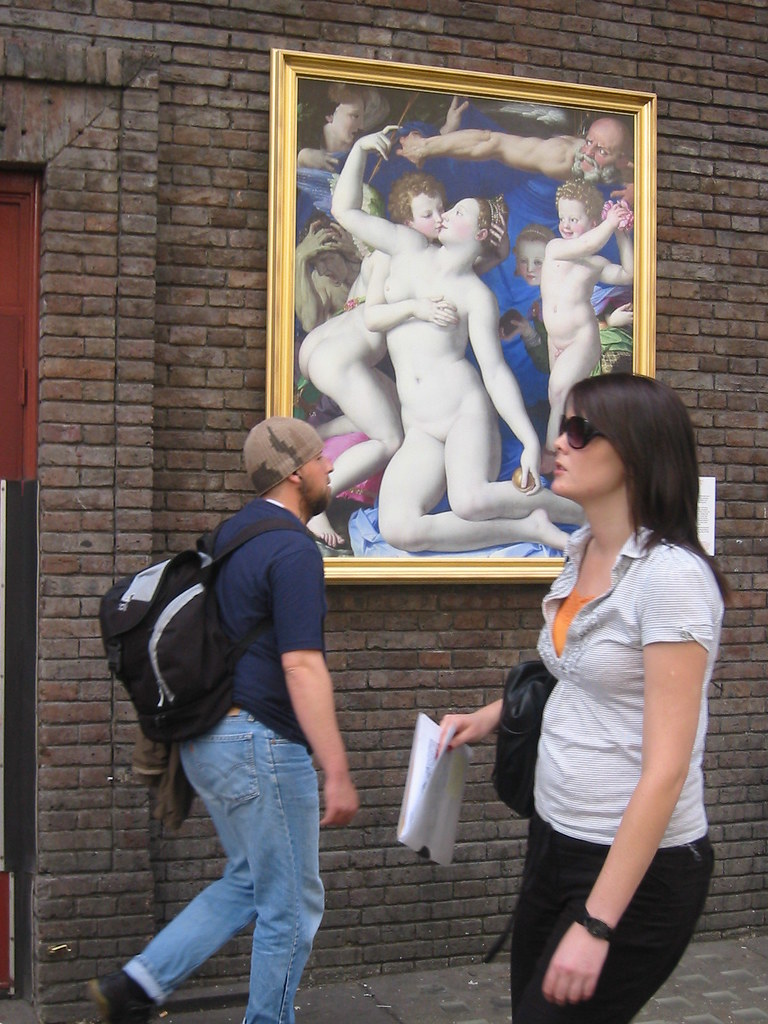
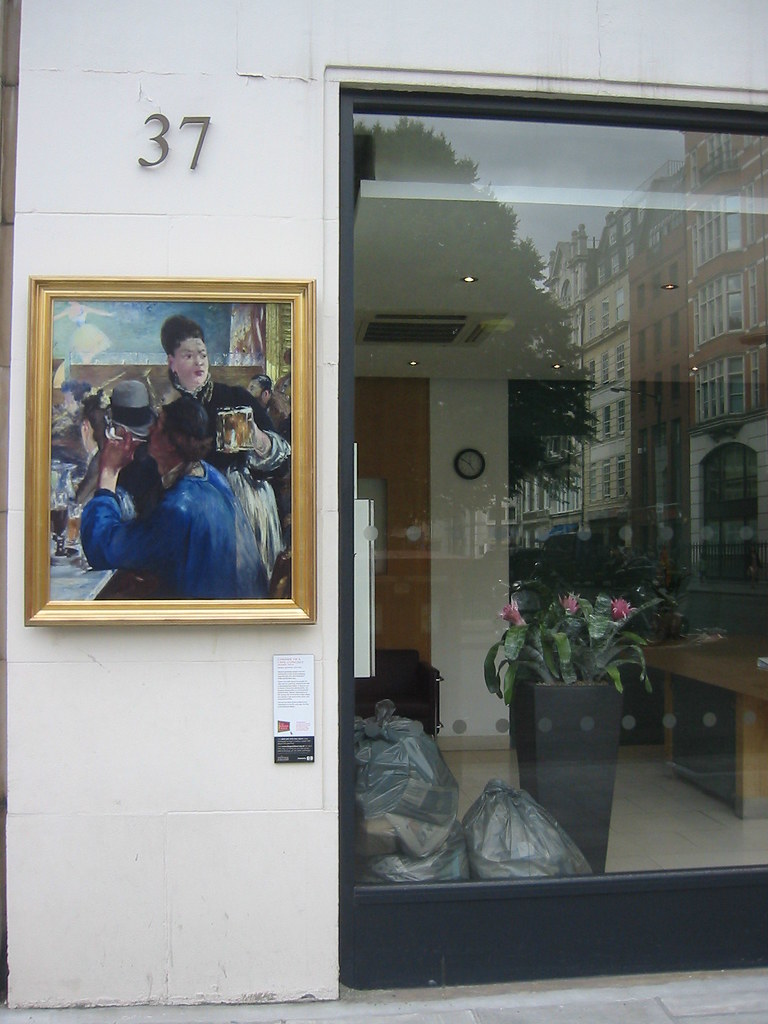
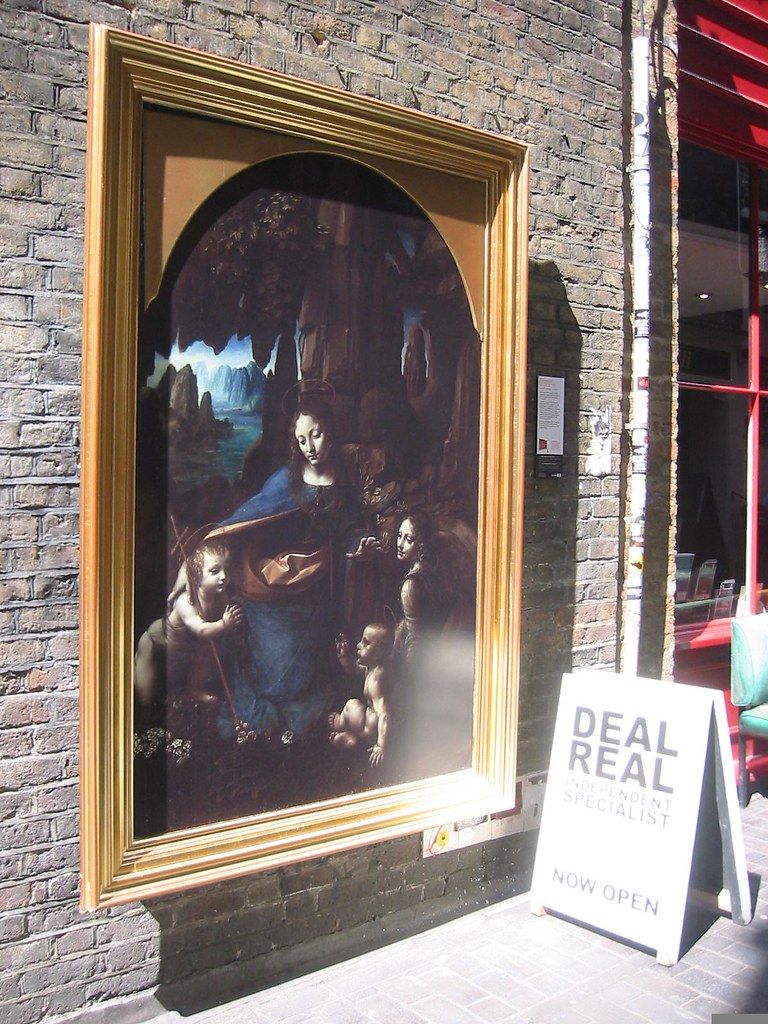
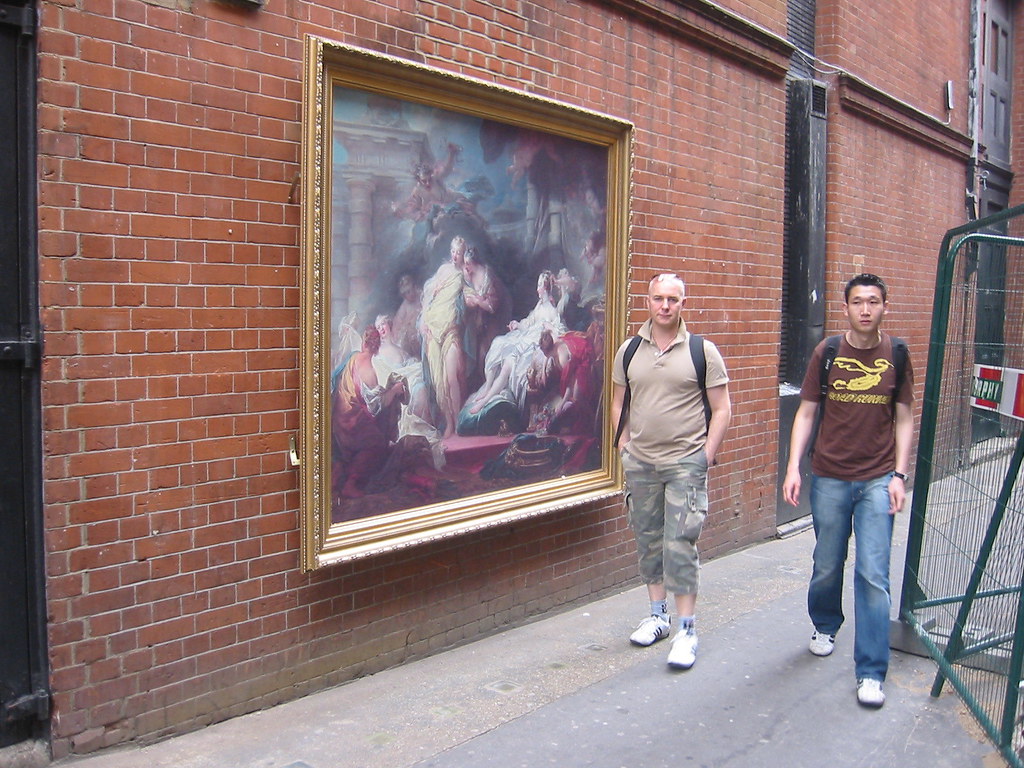
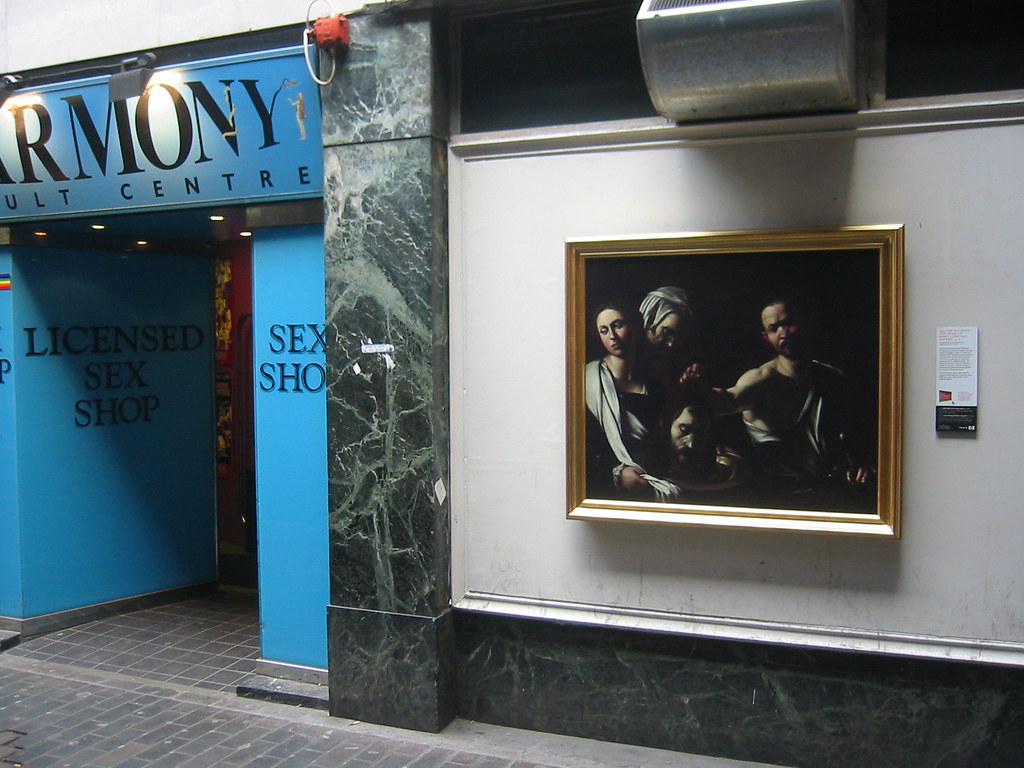
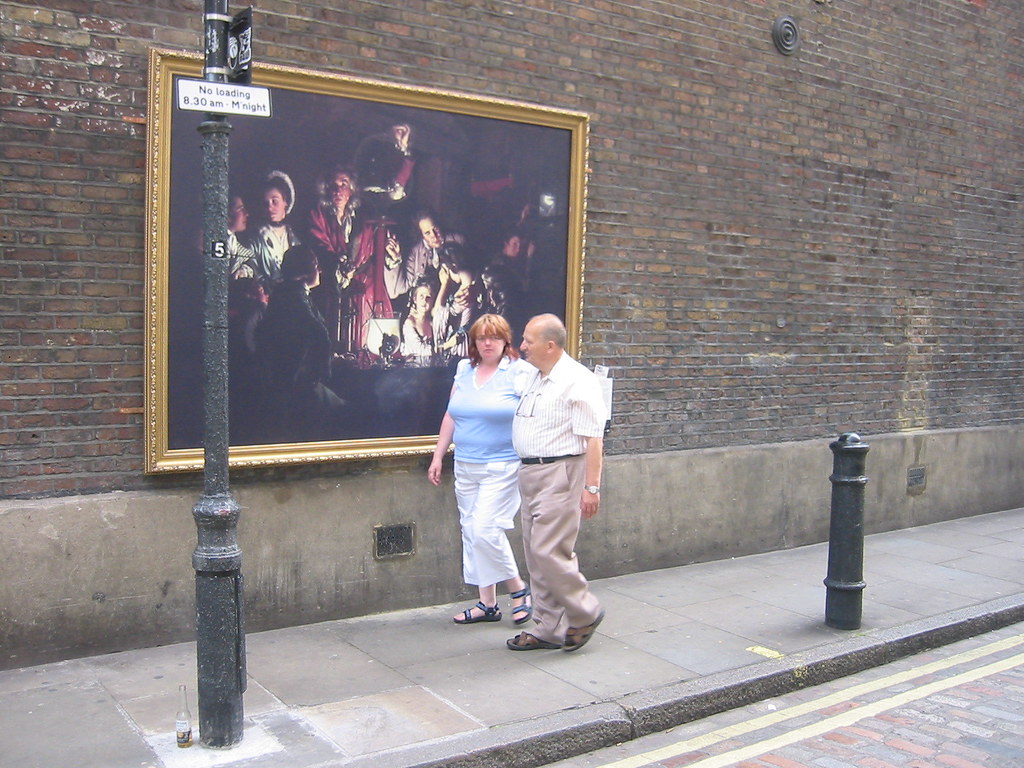
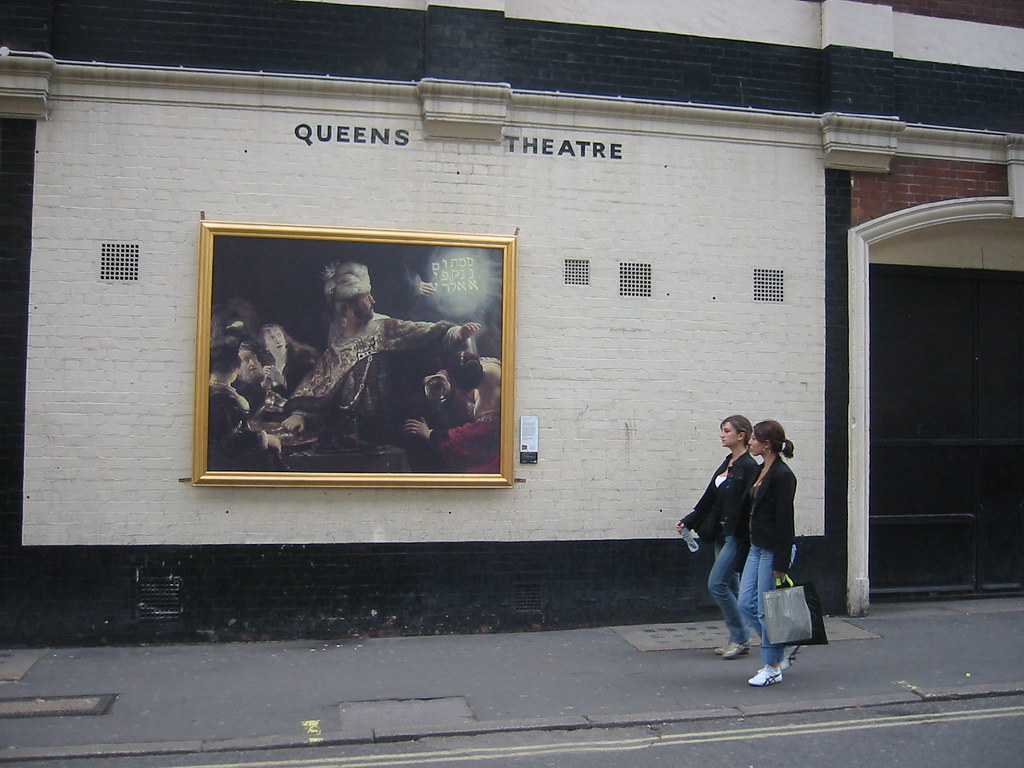

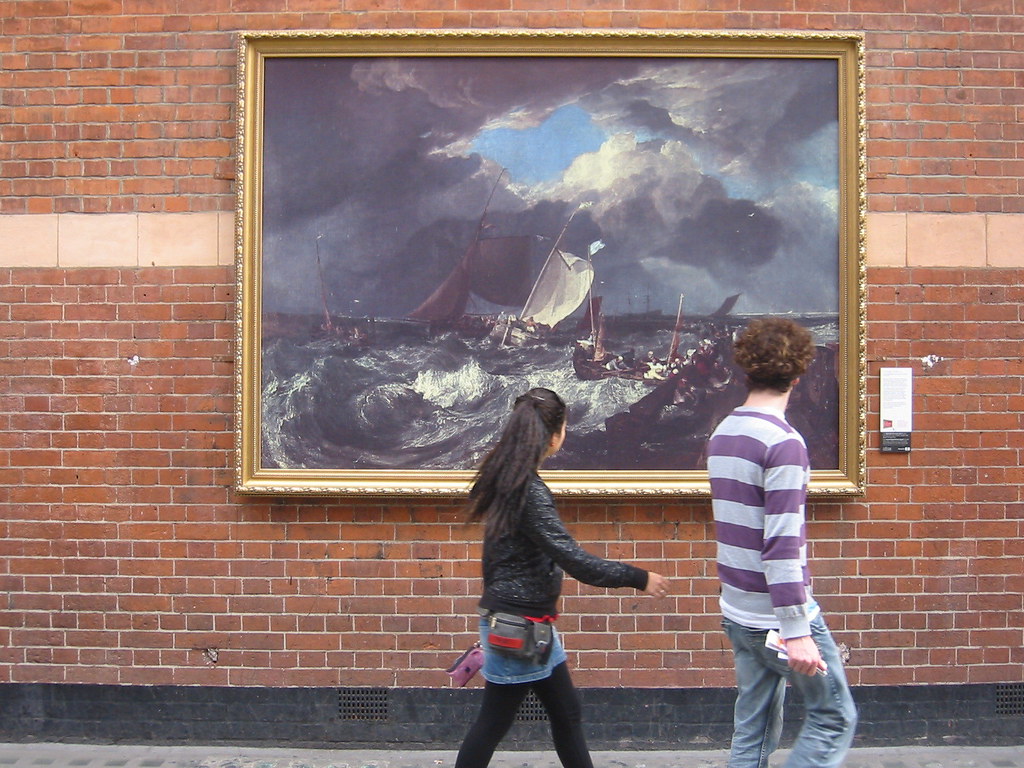
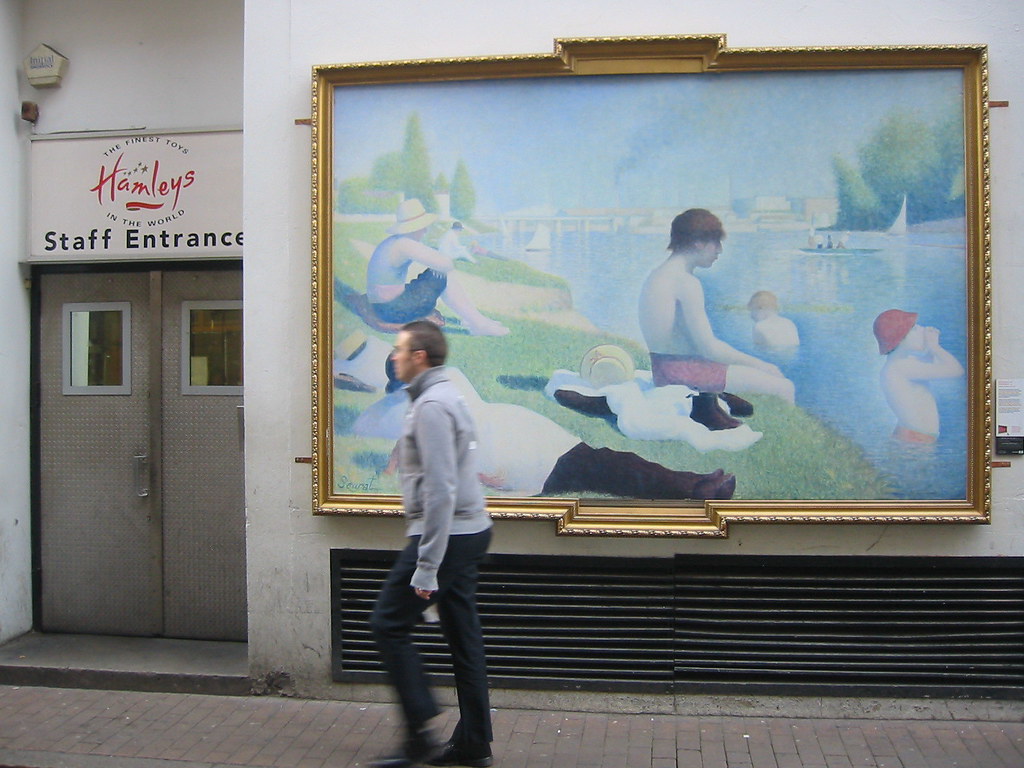
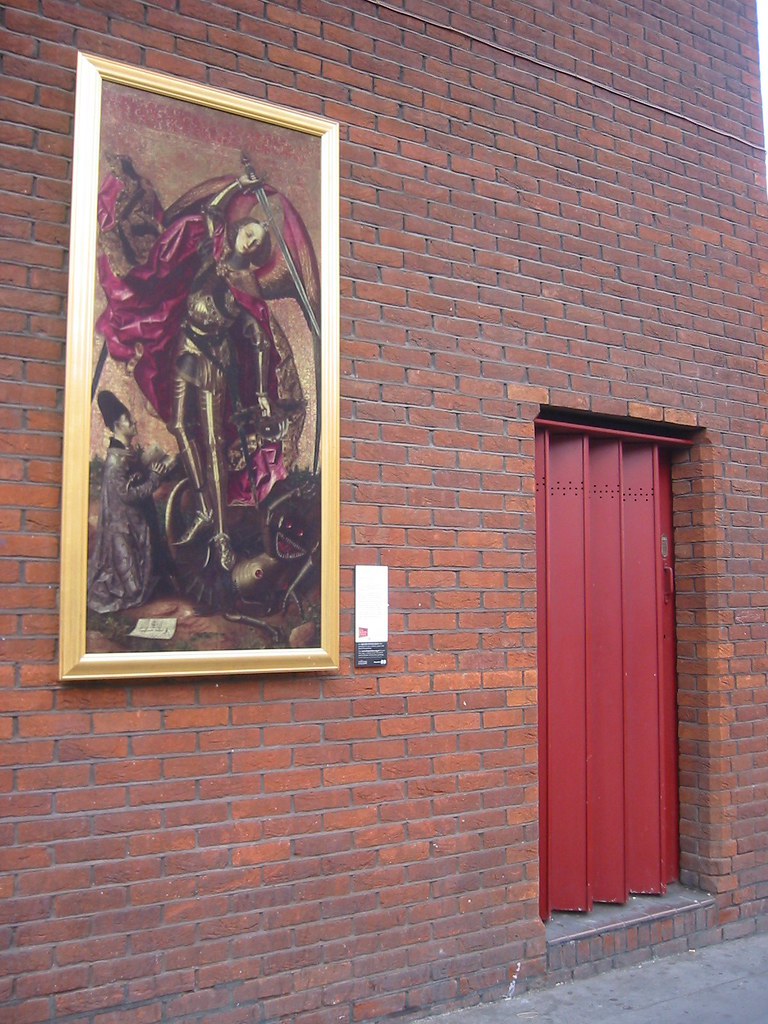
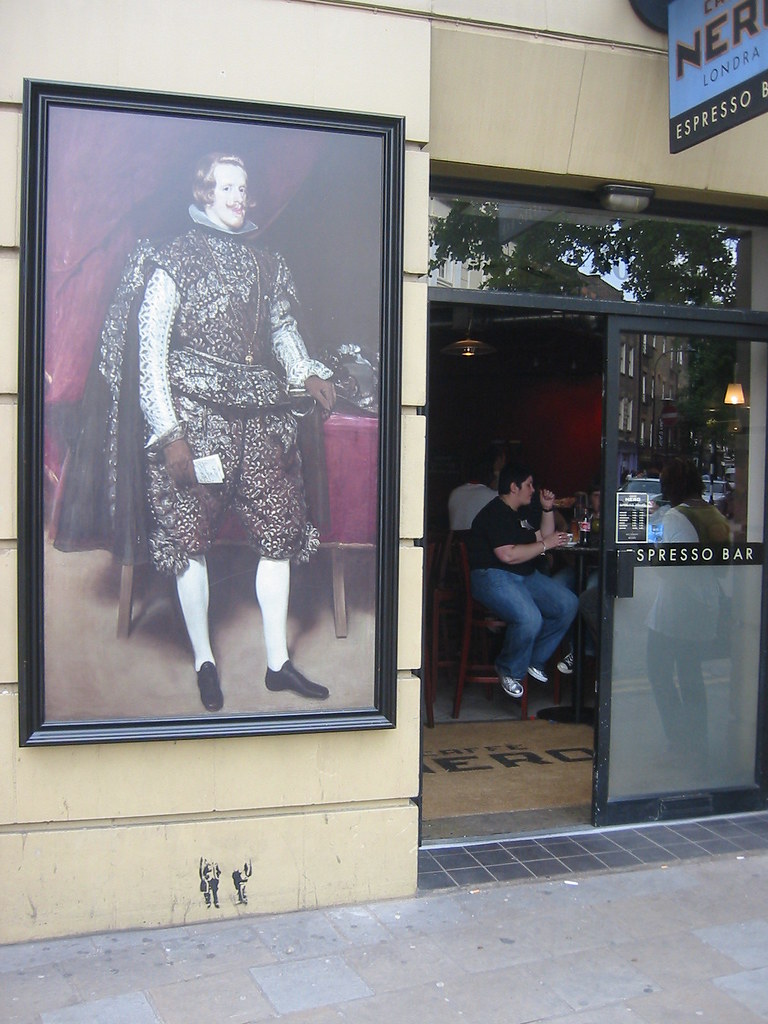
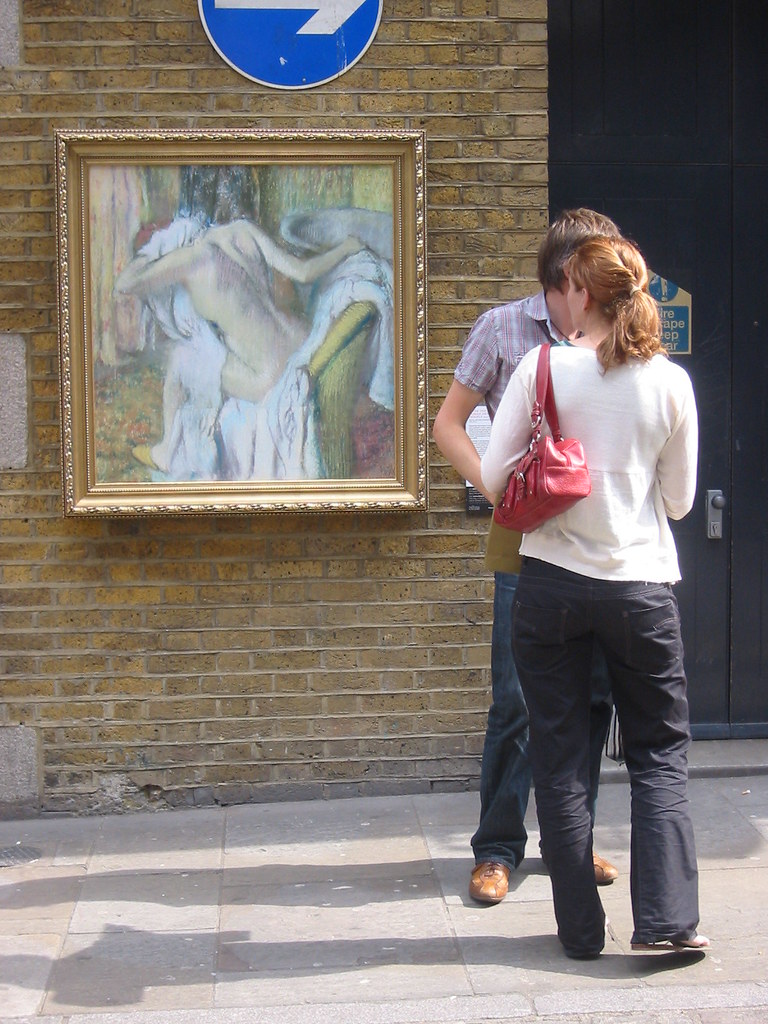
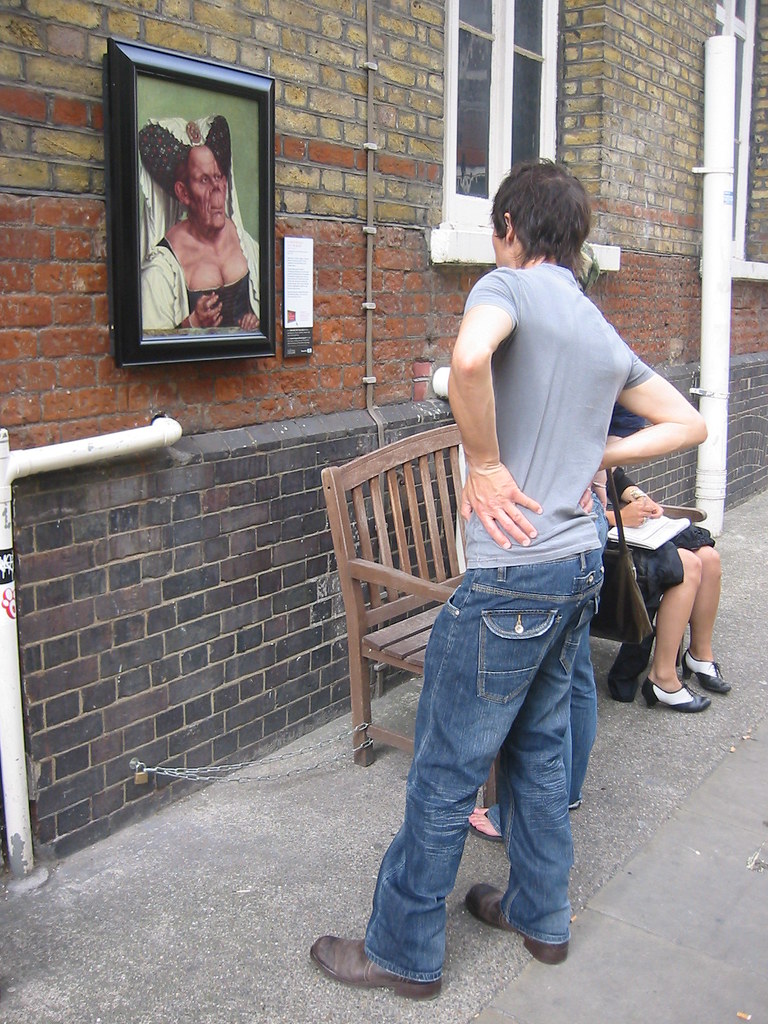
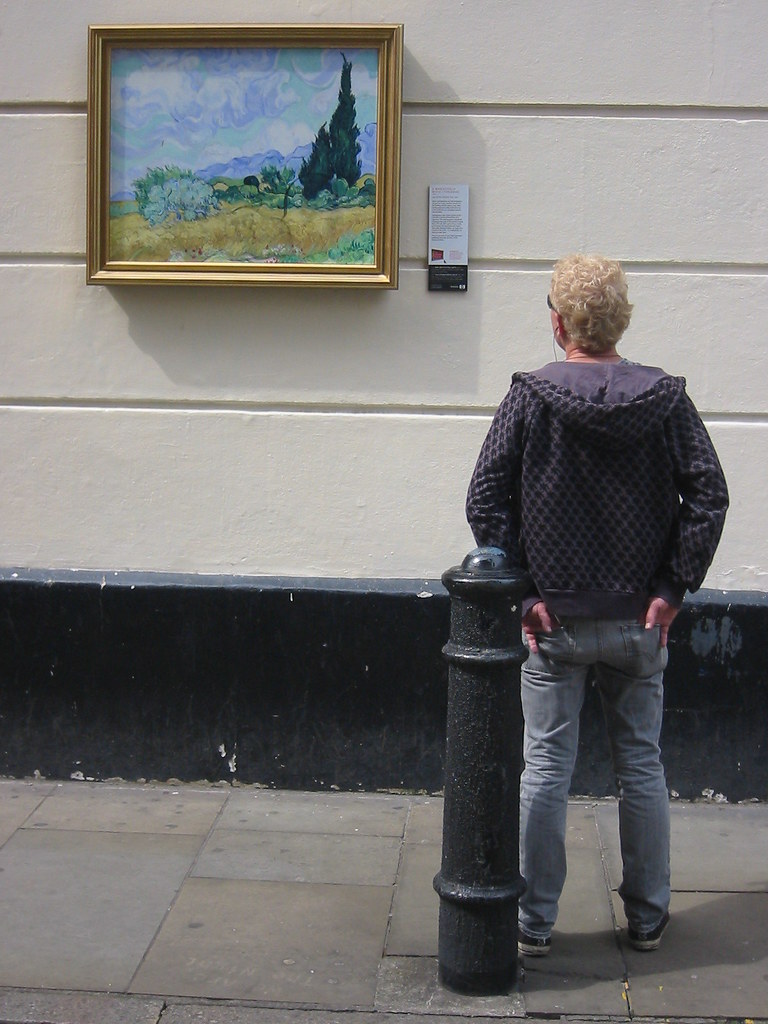
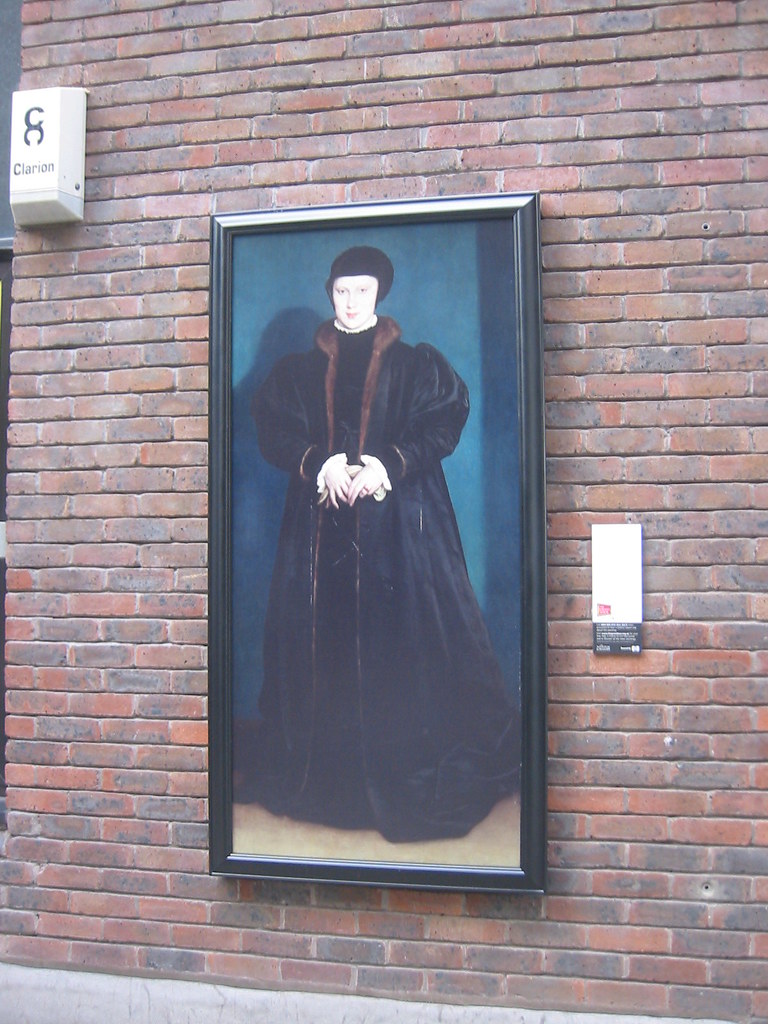
출처/이메일 (받은글)
'예술가와 작품' 카테고리의 다른 글
| 짧은 삶에 긴 여운이 남도록 살자 -용혜원- (0) | 2008.08.27 |
|---|---|
| 국제 사진 전시작품 (0) | 2008.05.23 |
| 2008 제 6회 Holland 국제 사진 전시작품 (0) | 2008.04.02 |
| 옛 선인들의 시조 (0) | 2008.03.29 |
| 천일의 스캔들! (0) | 2008.03.24 |
